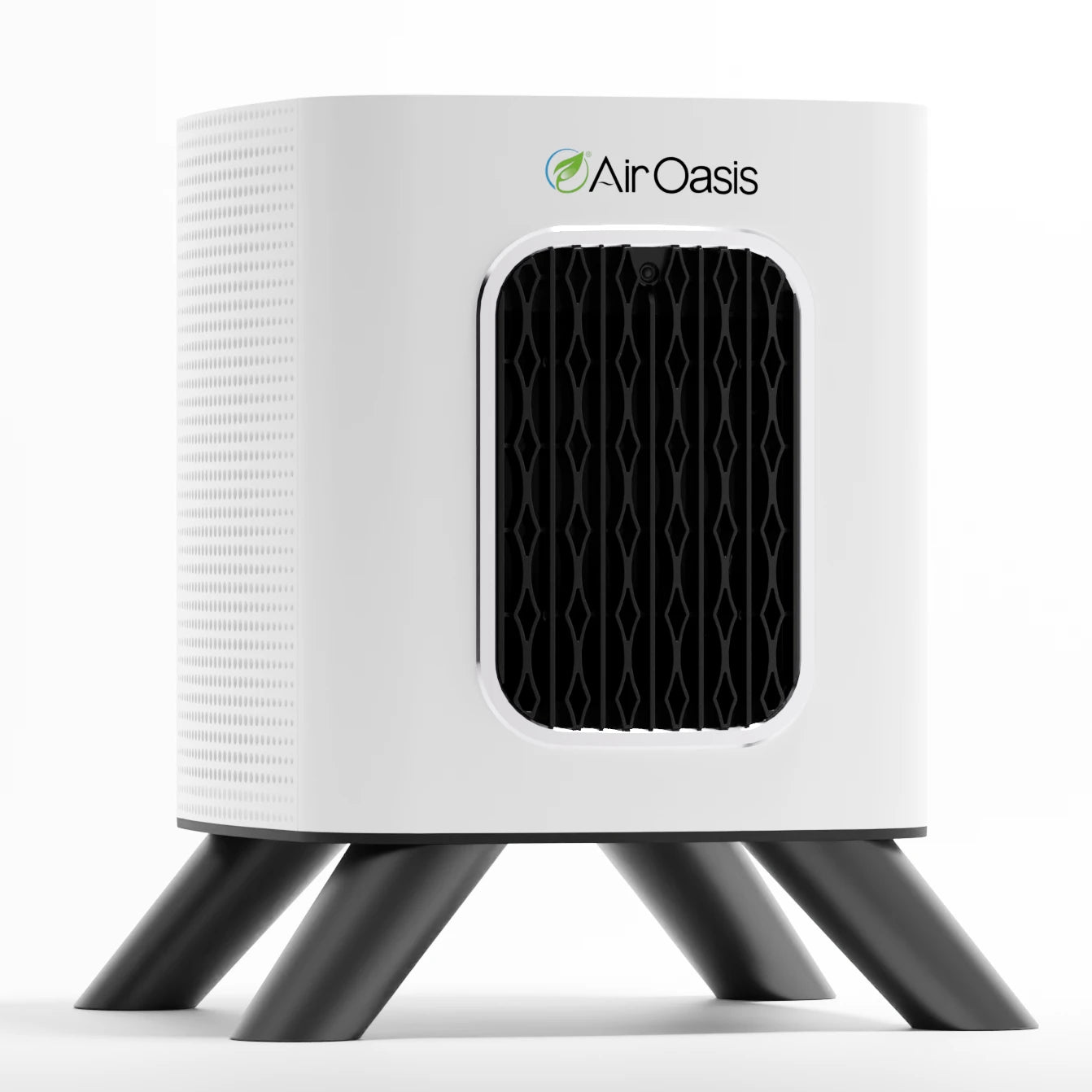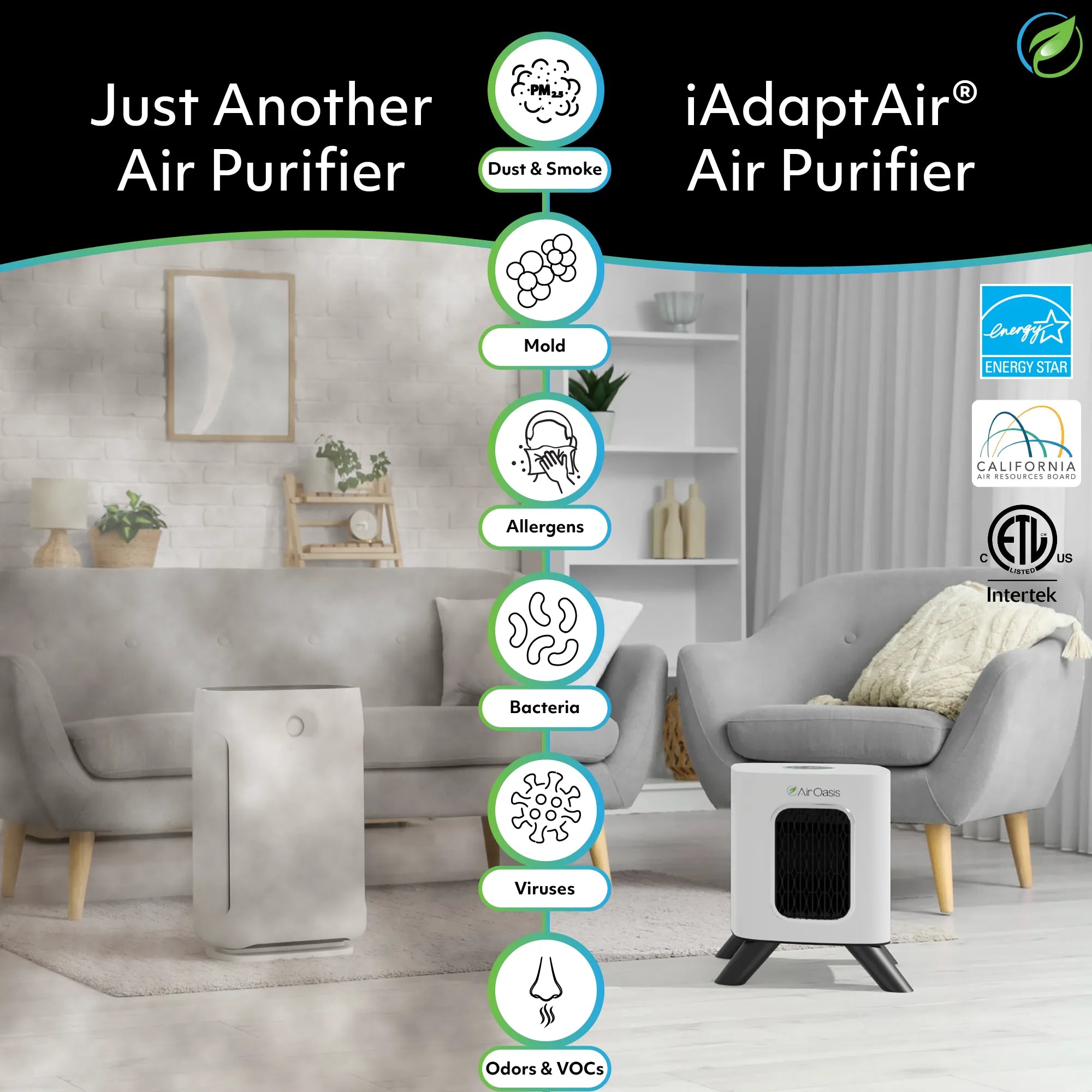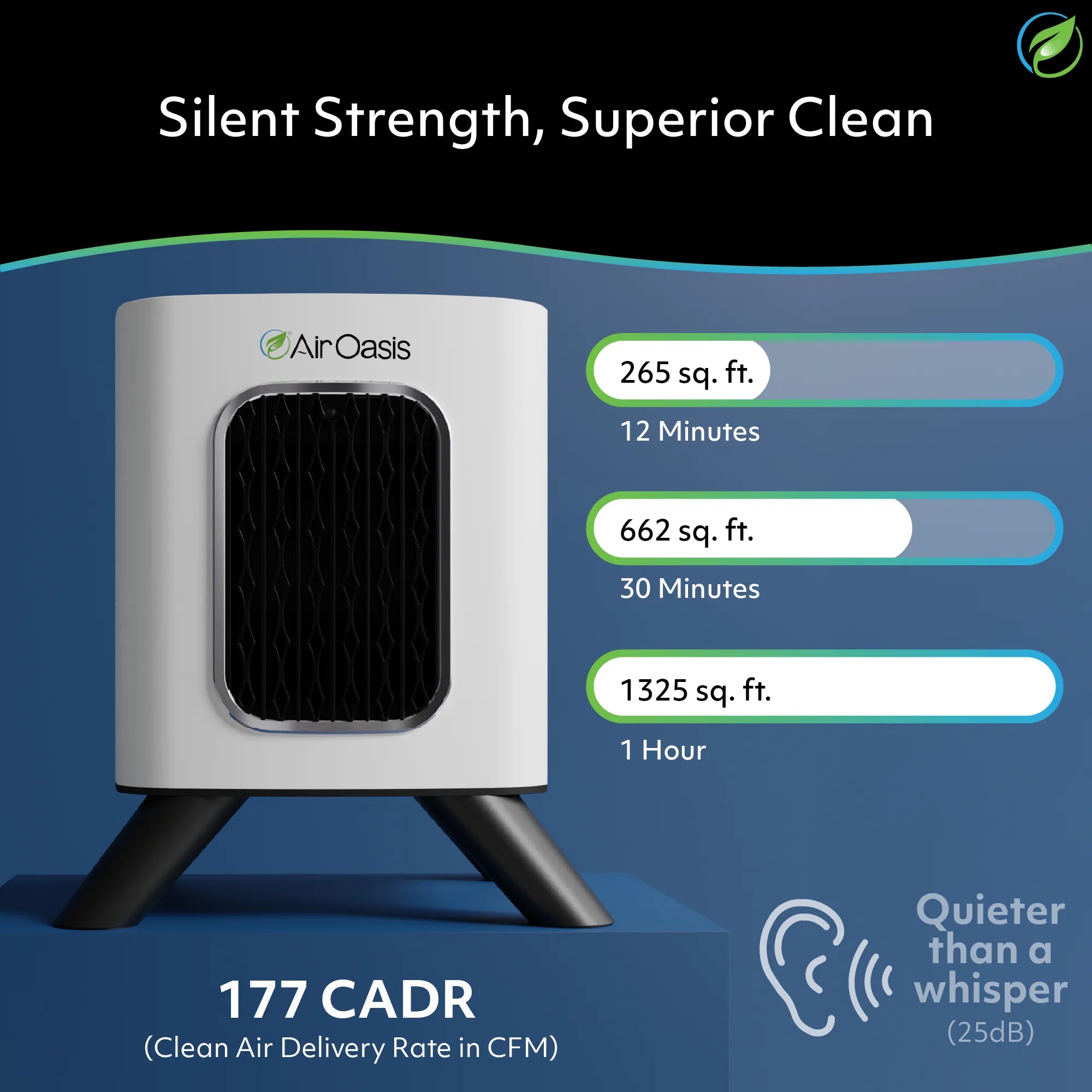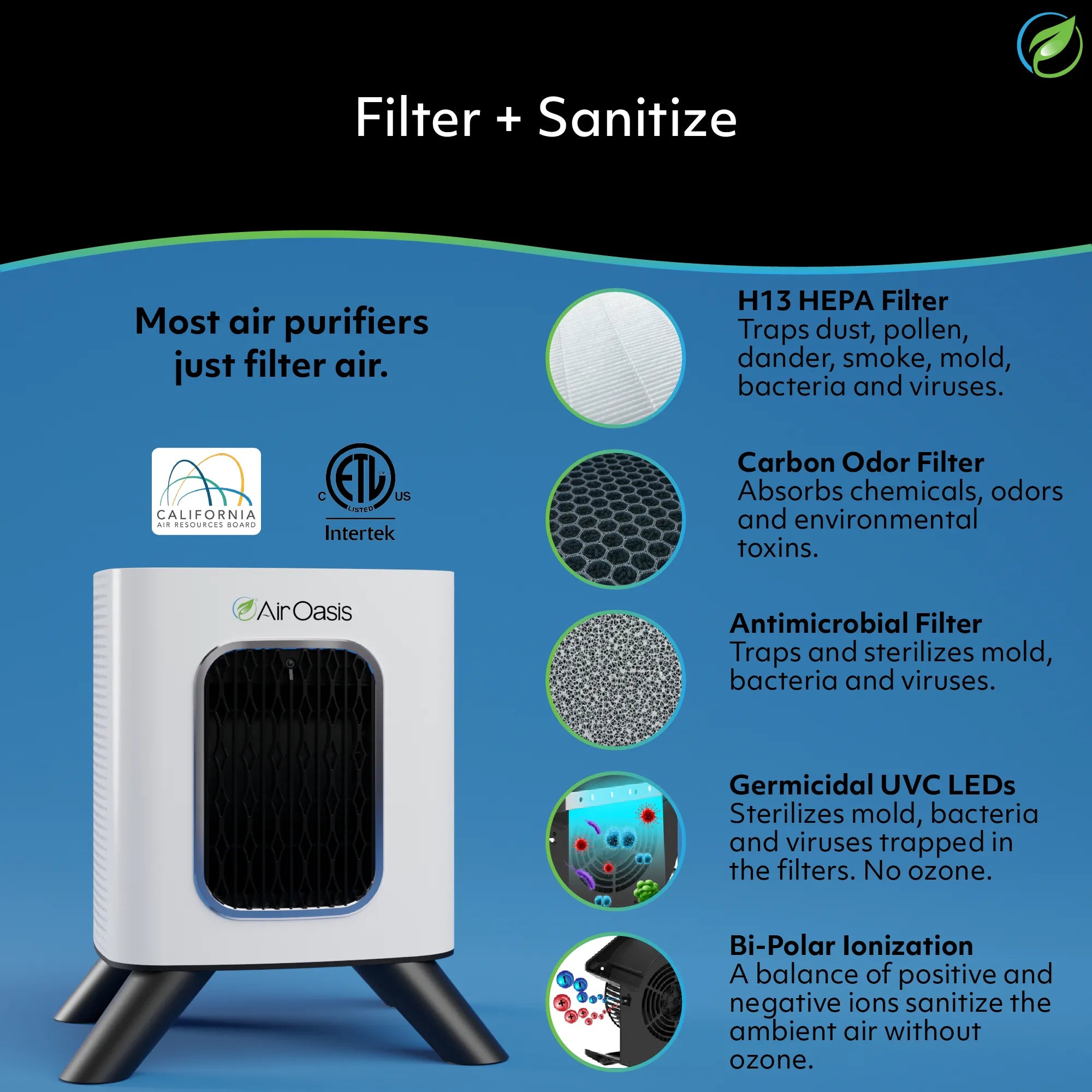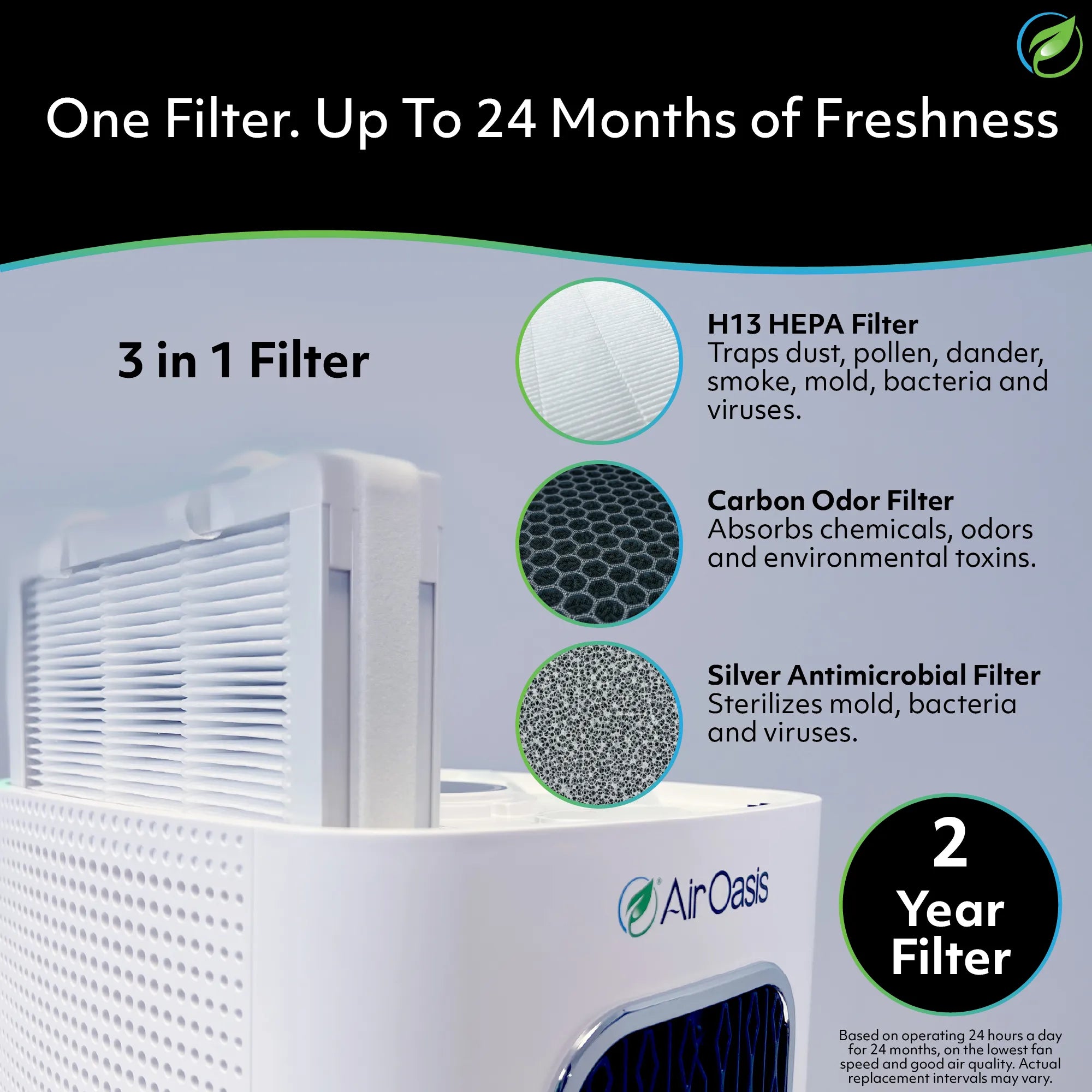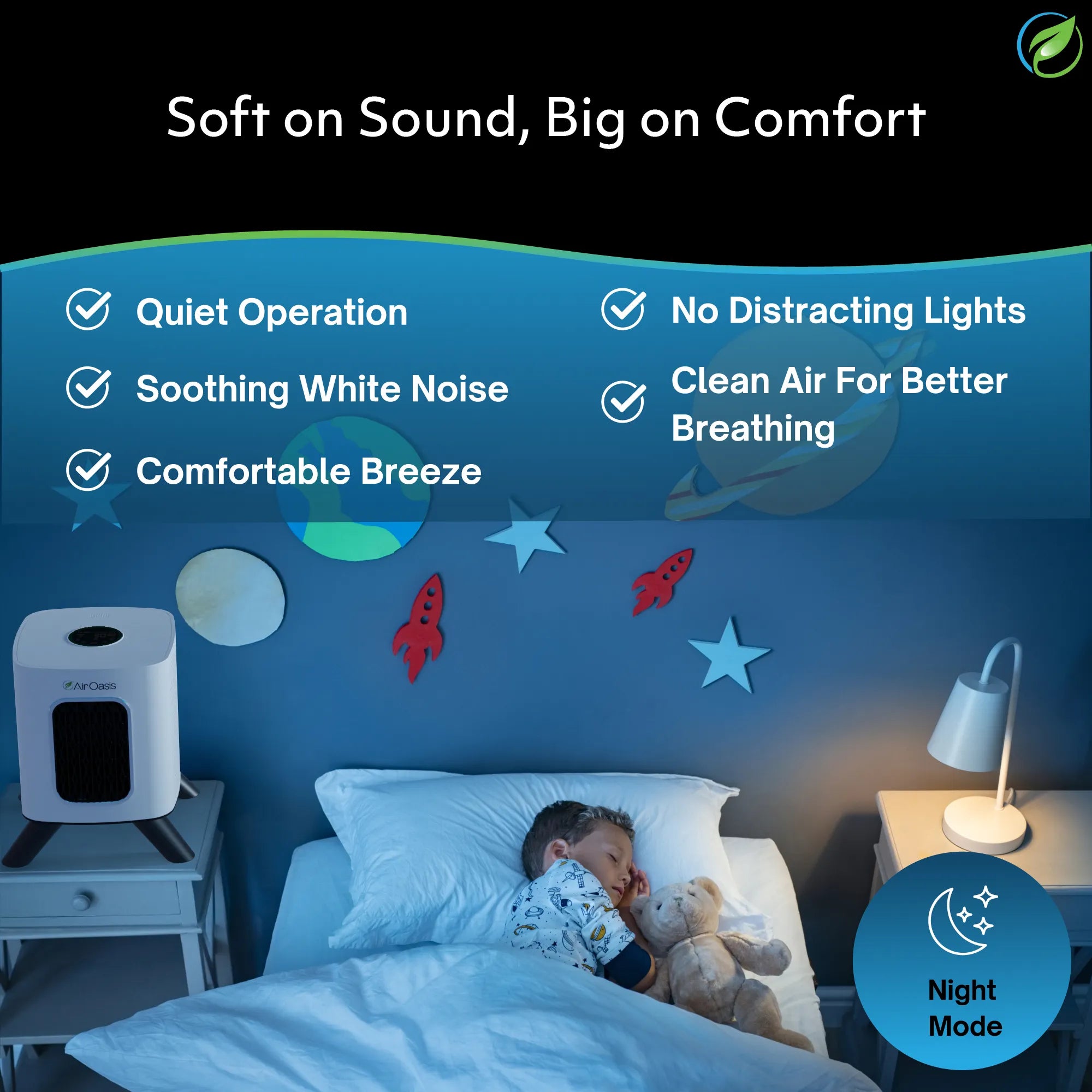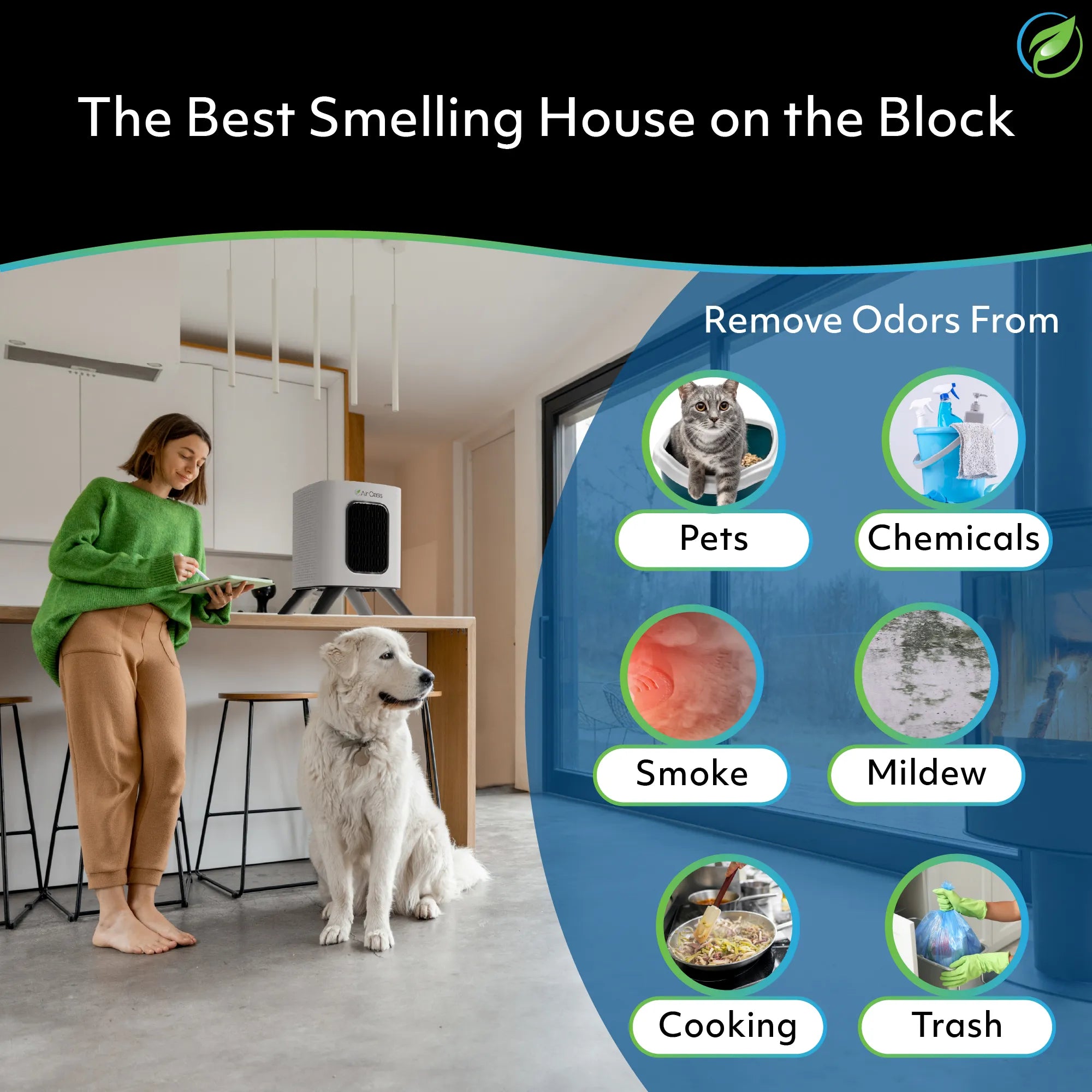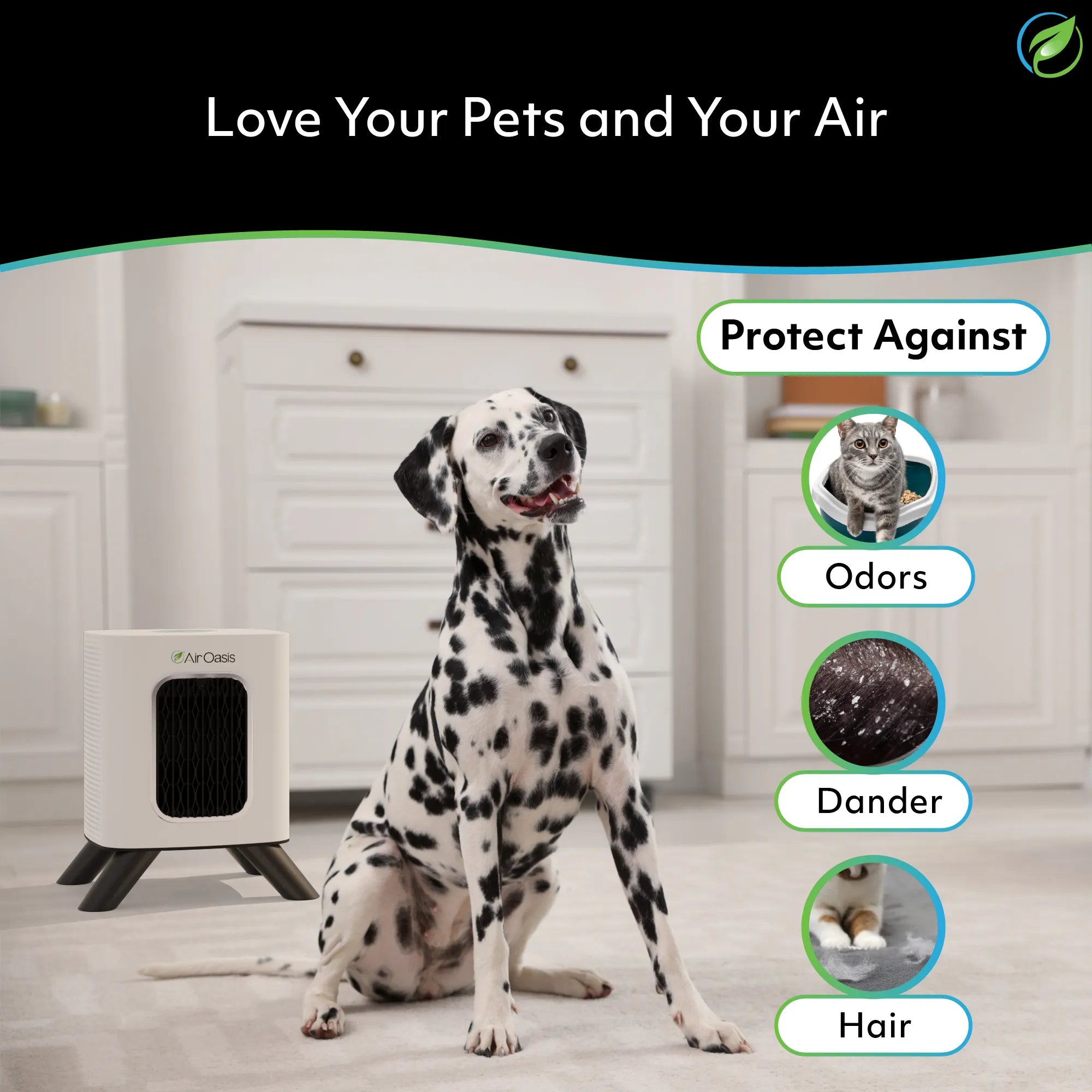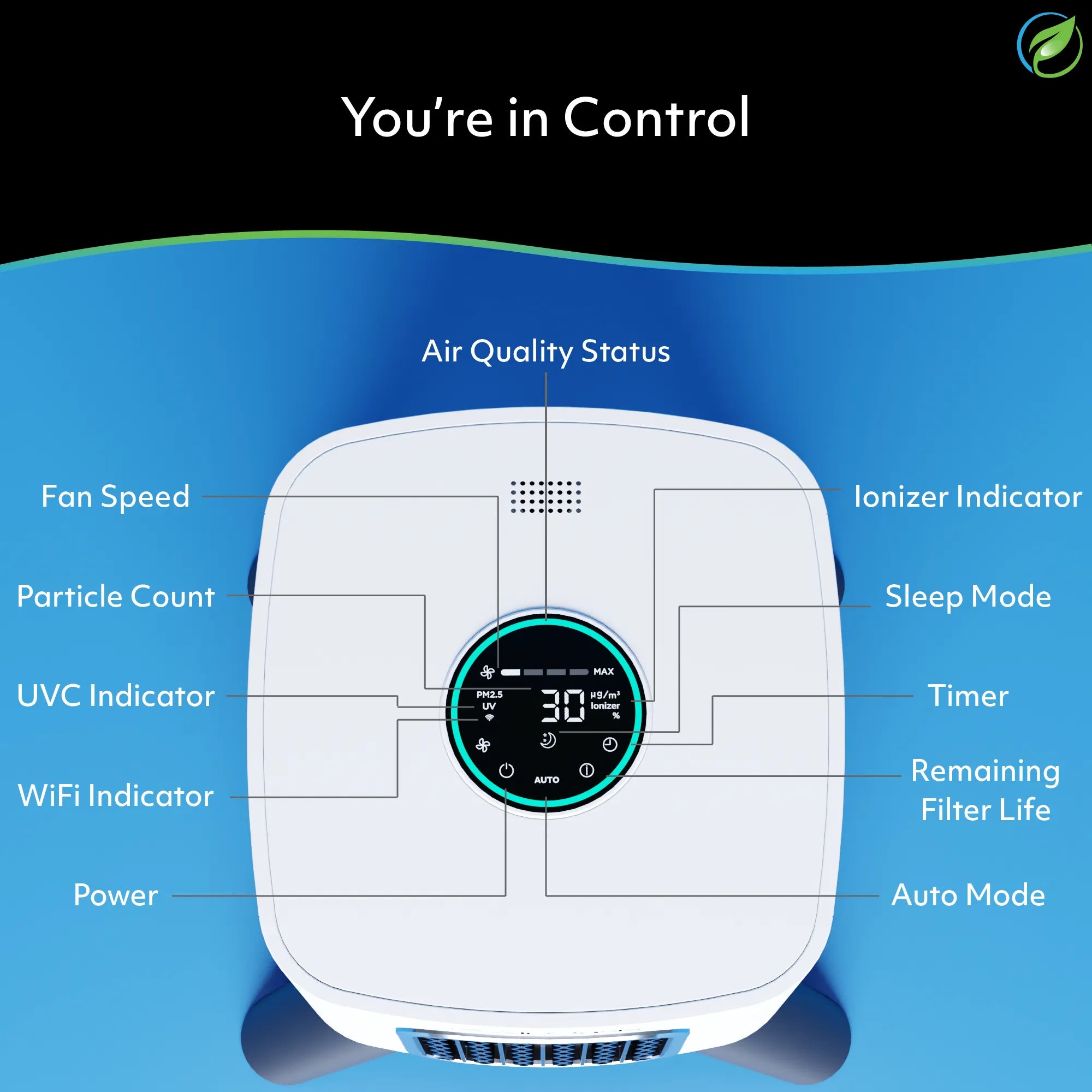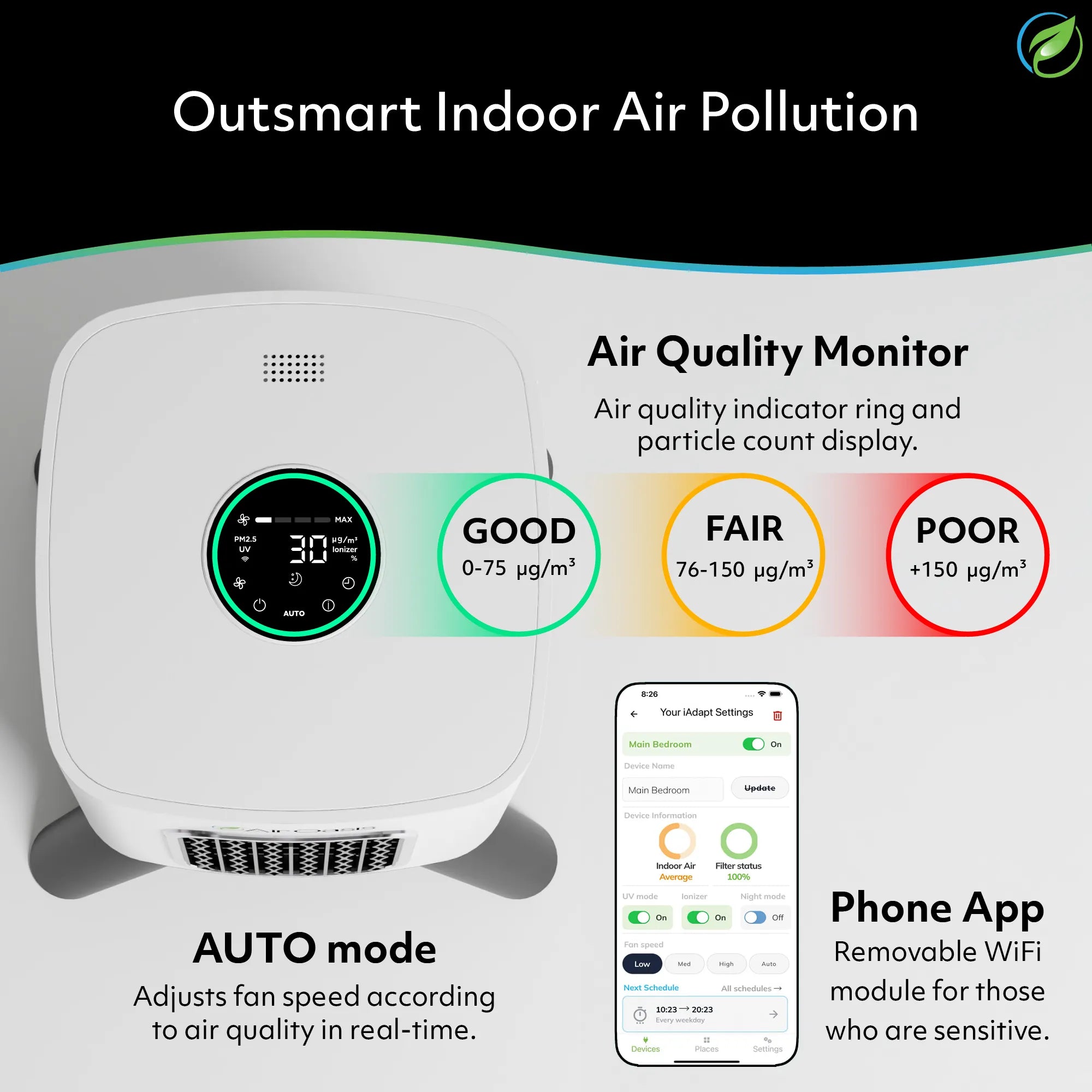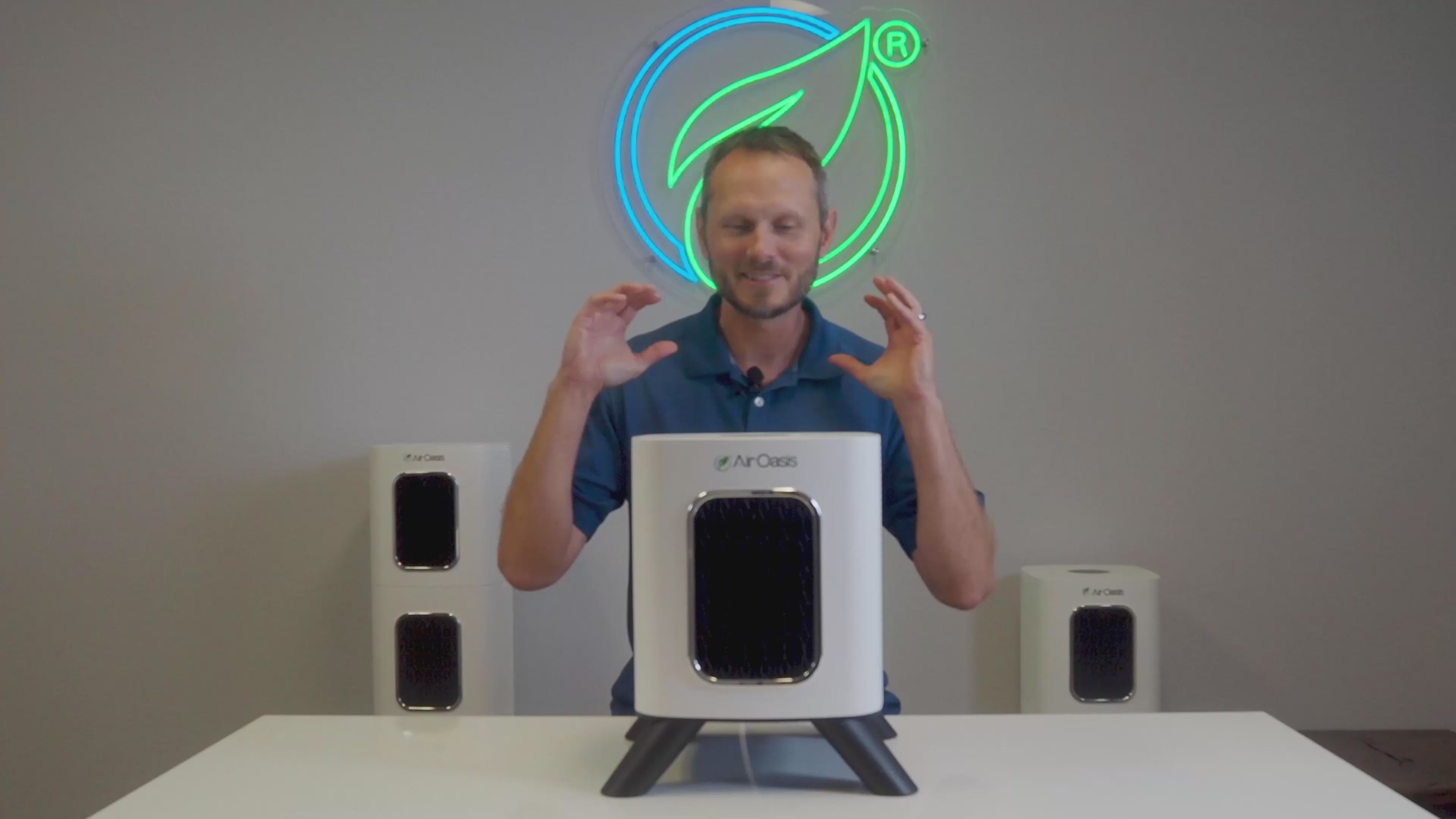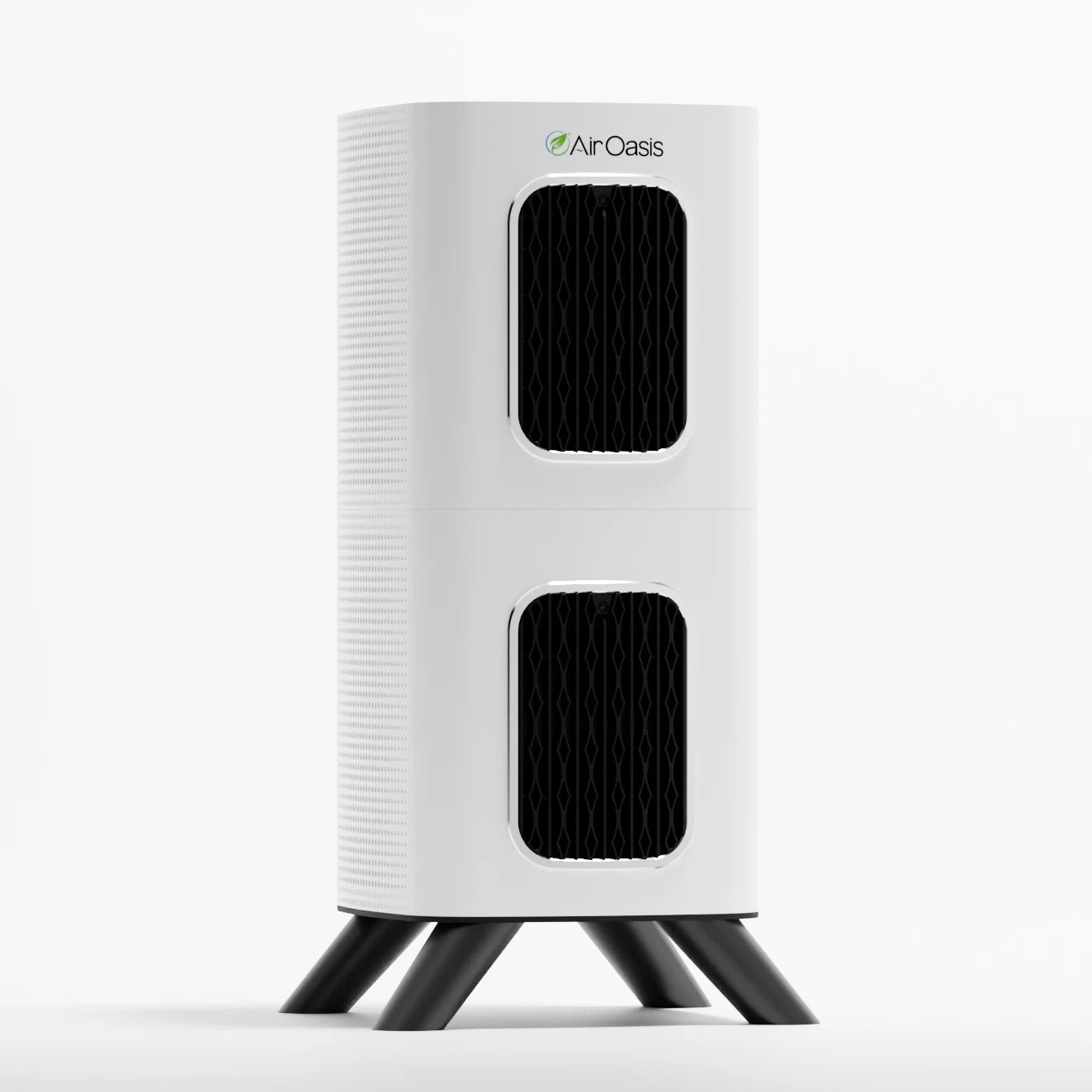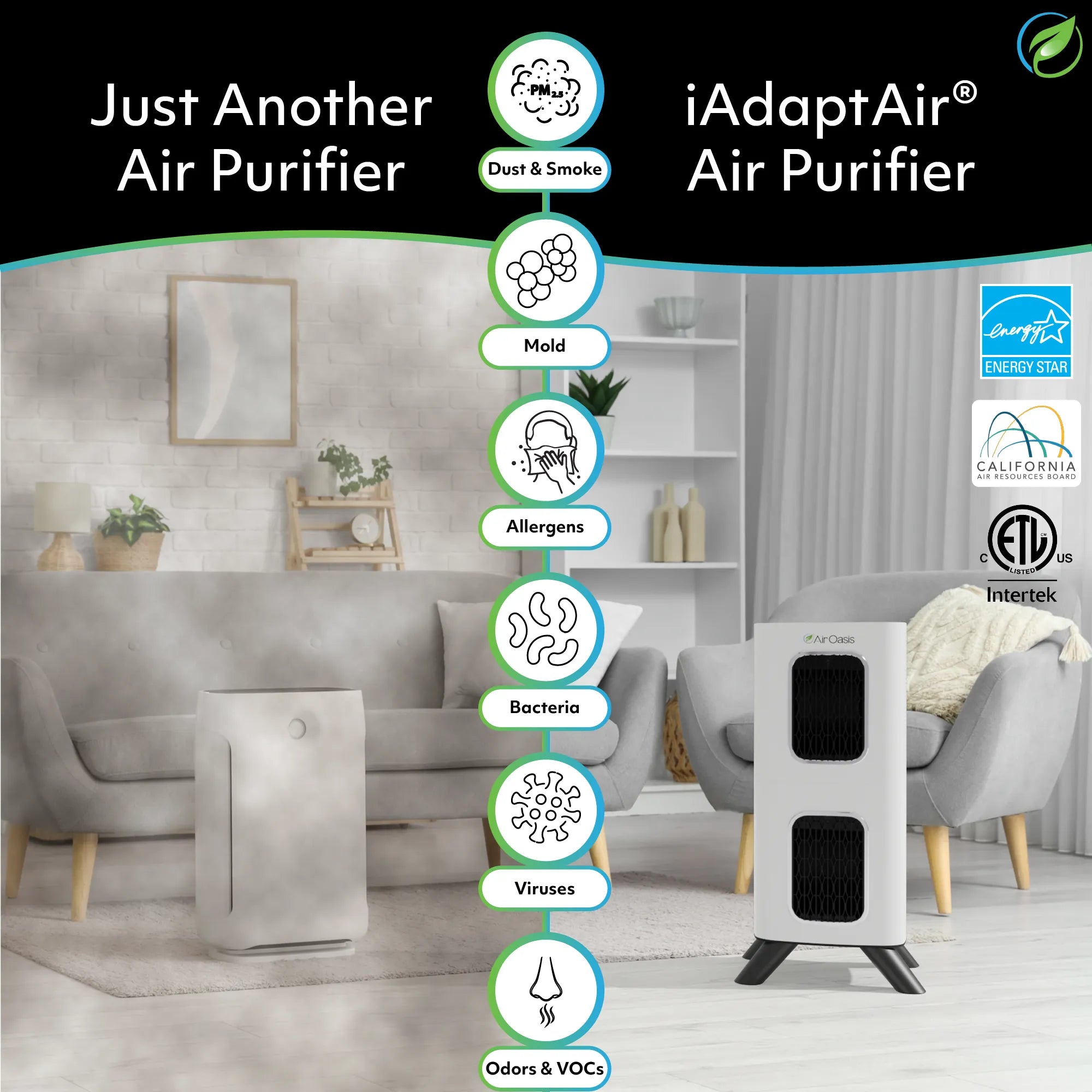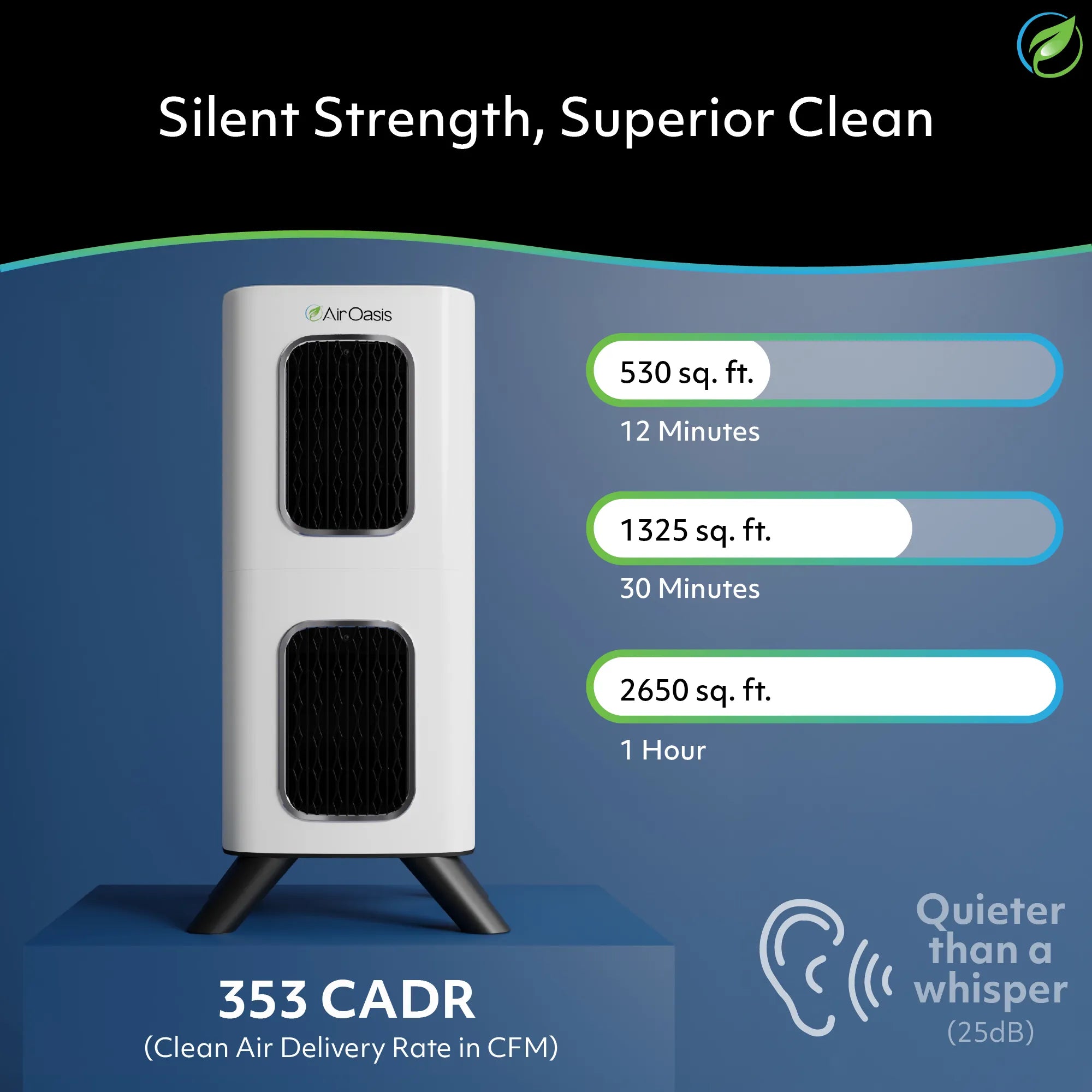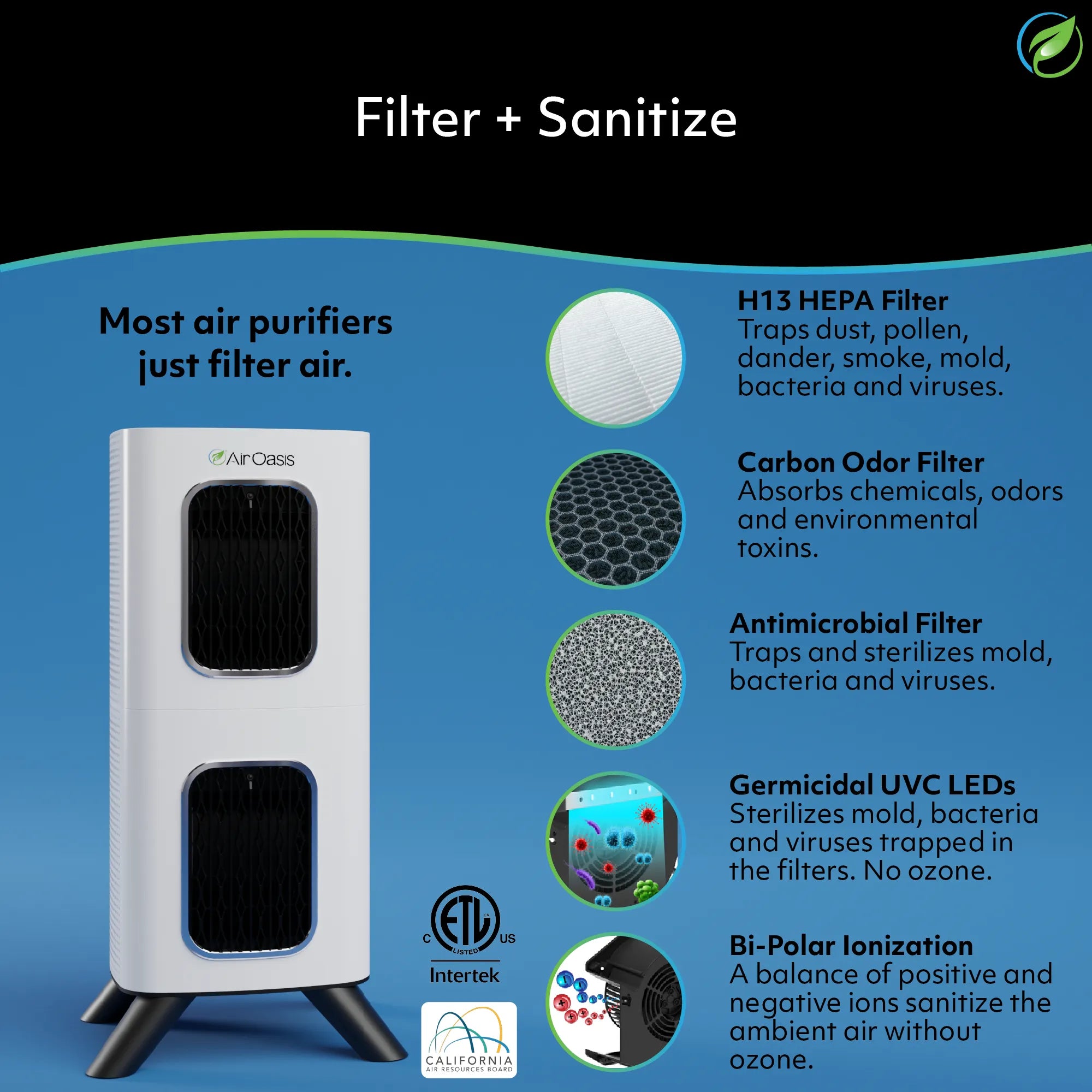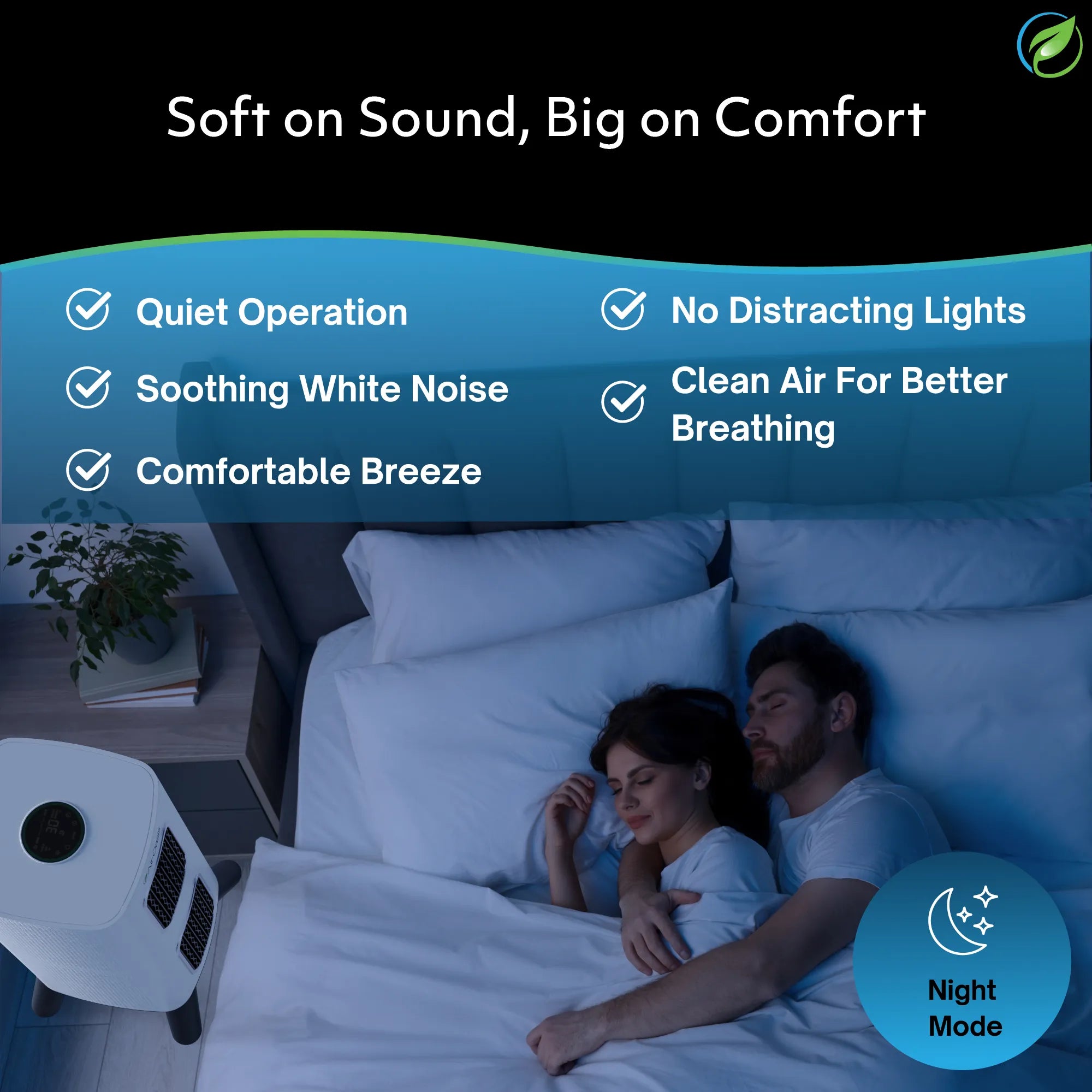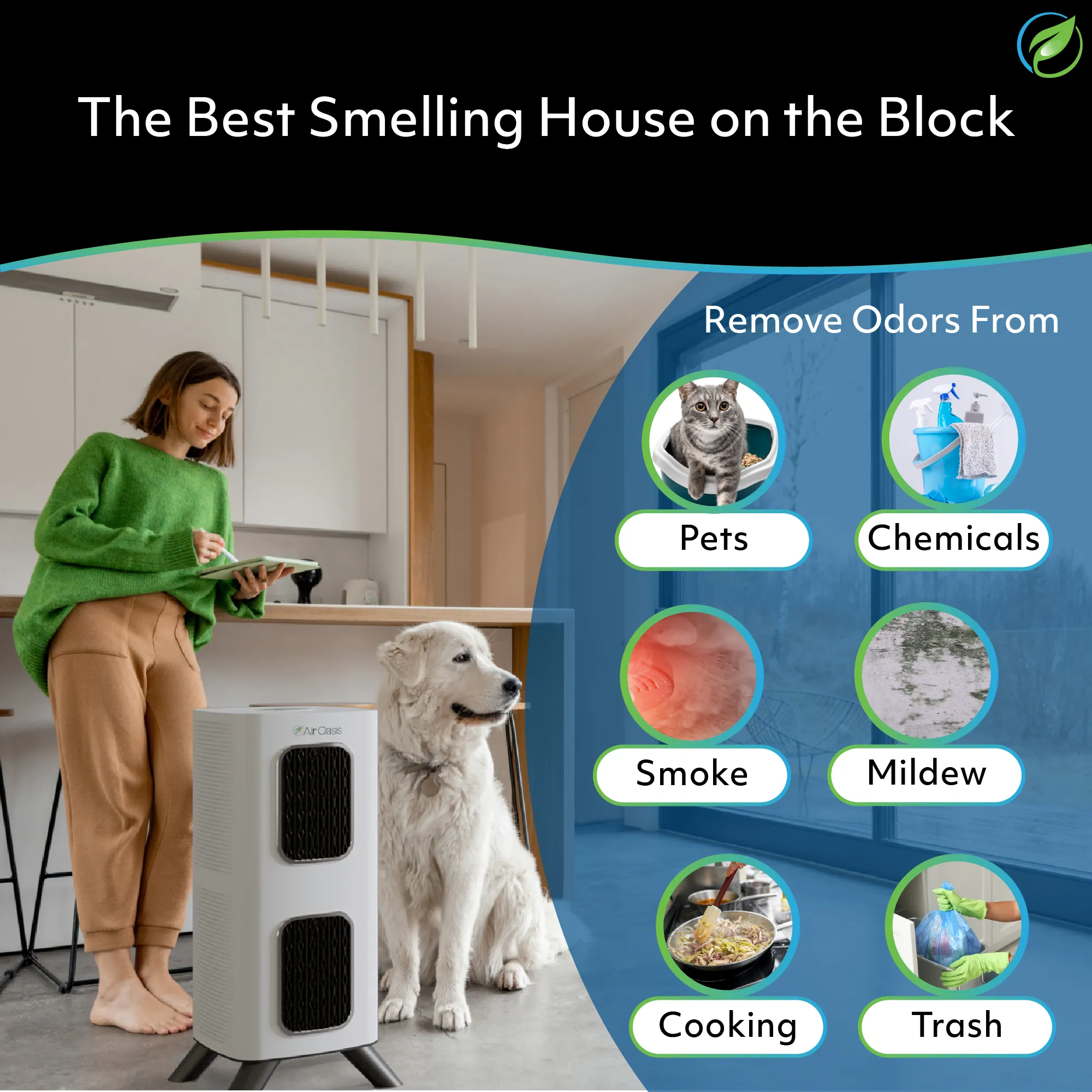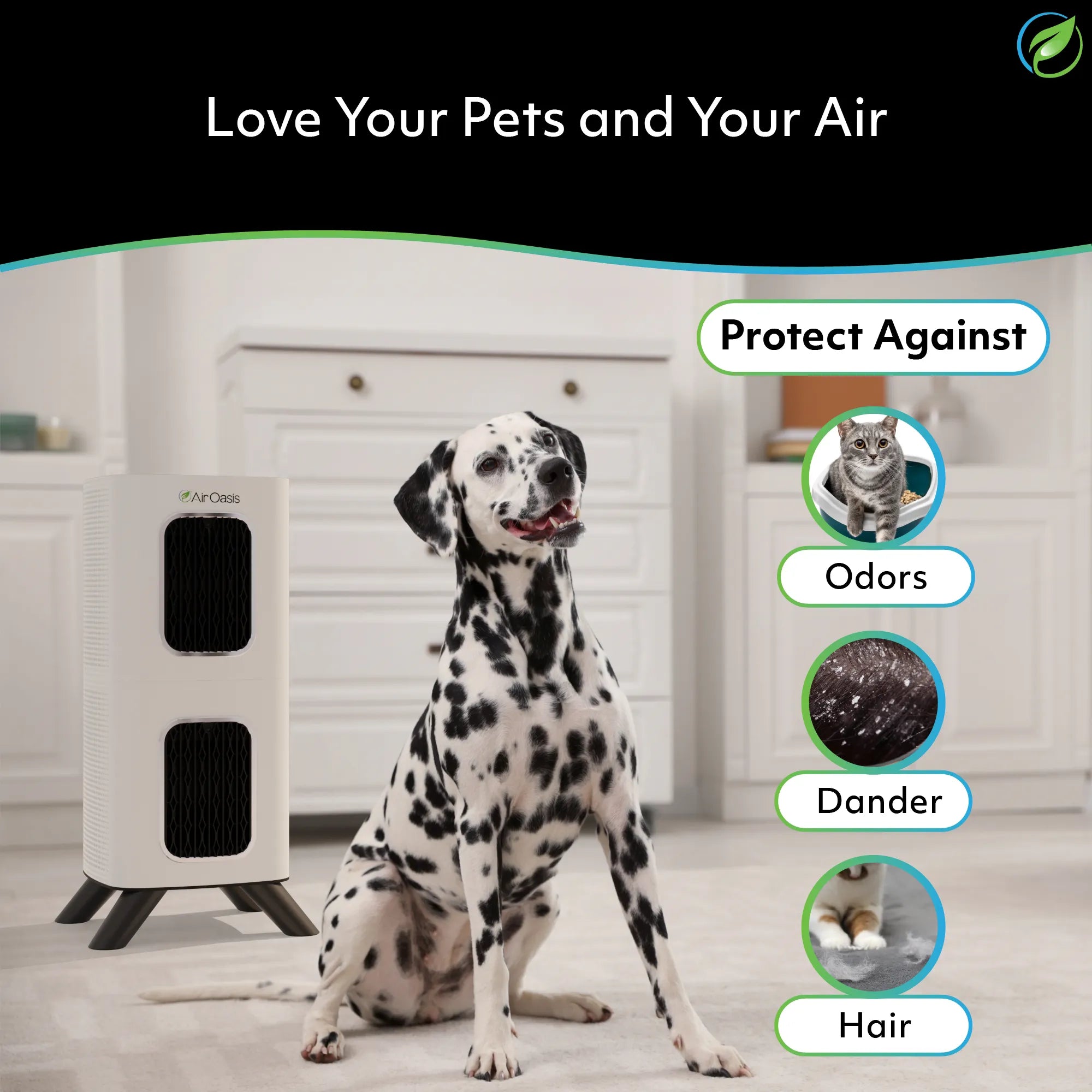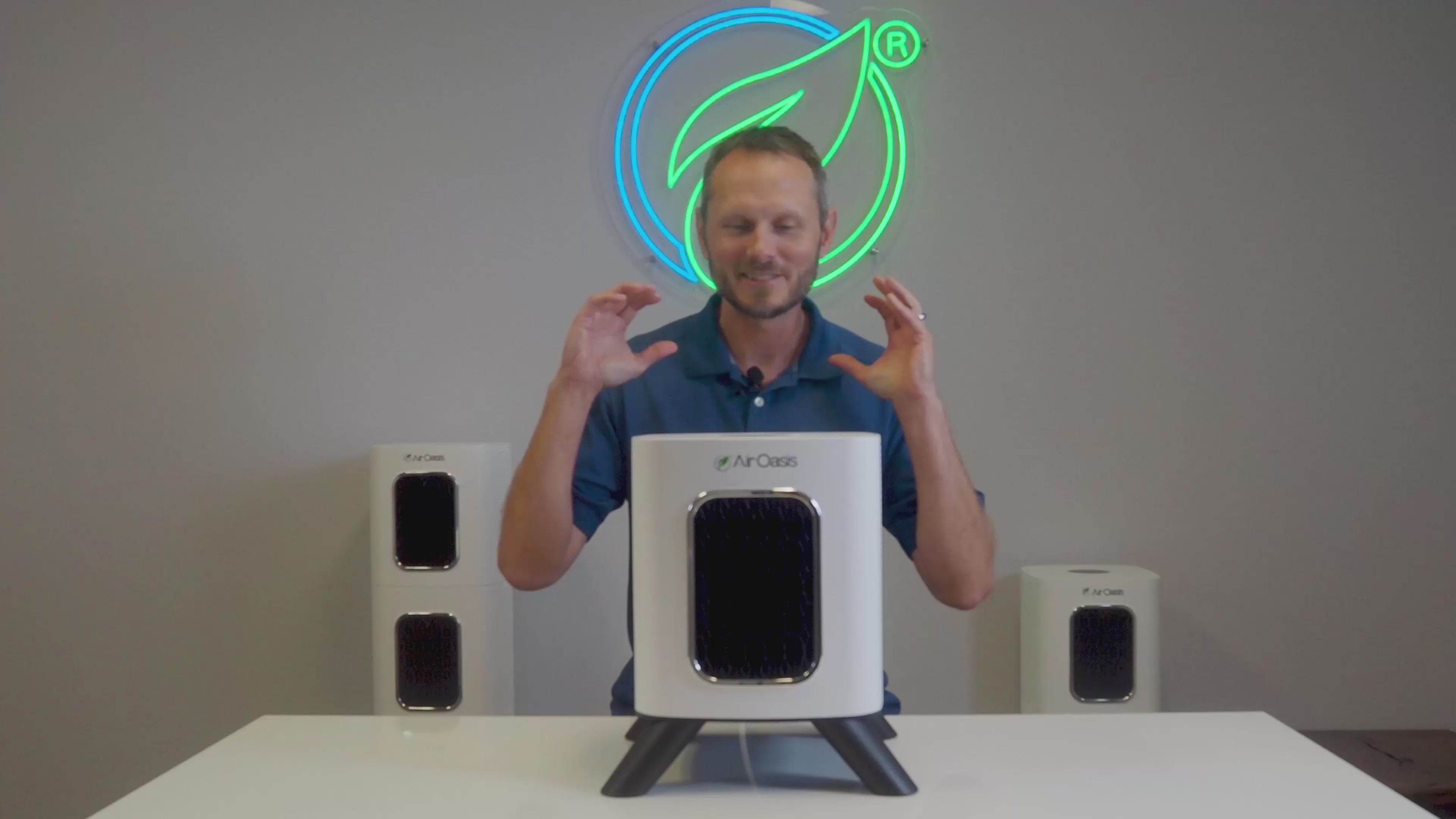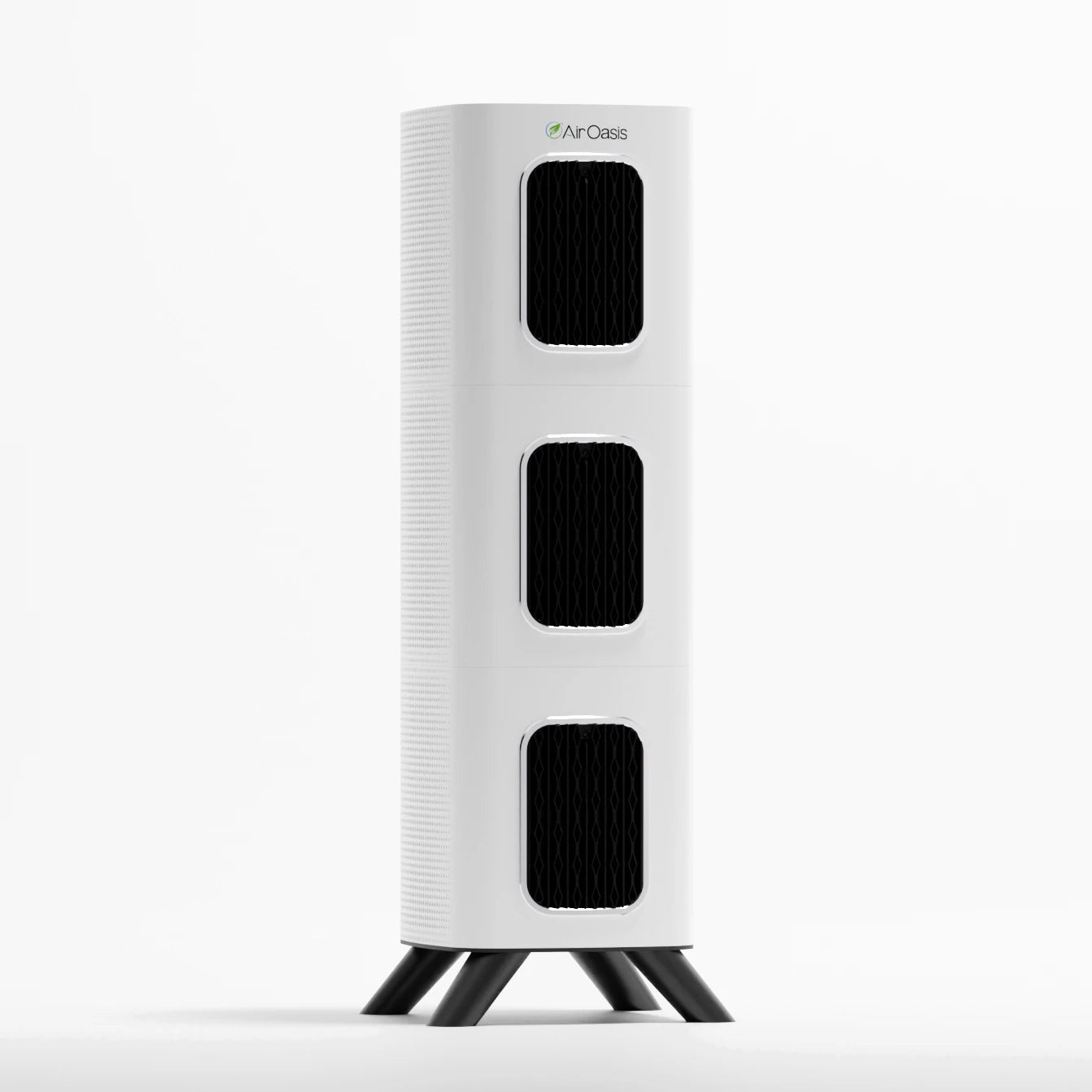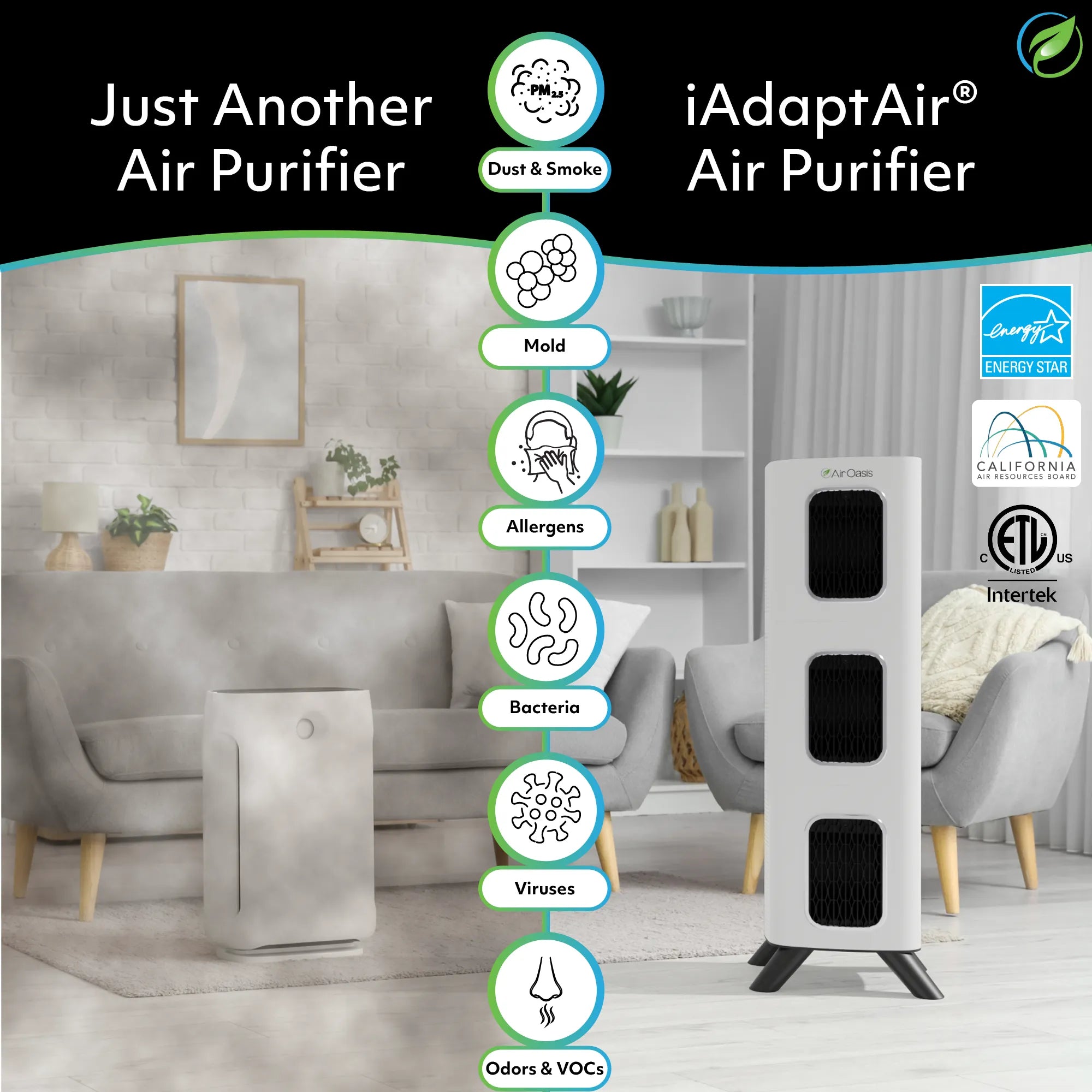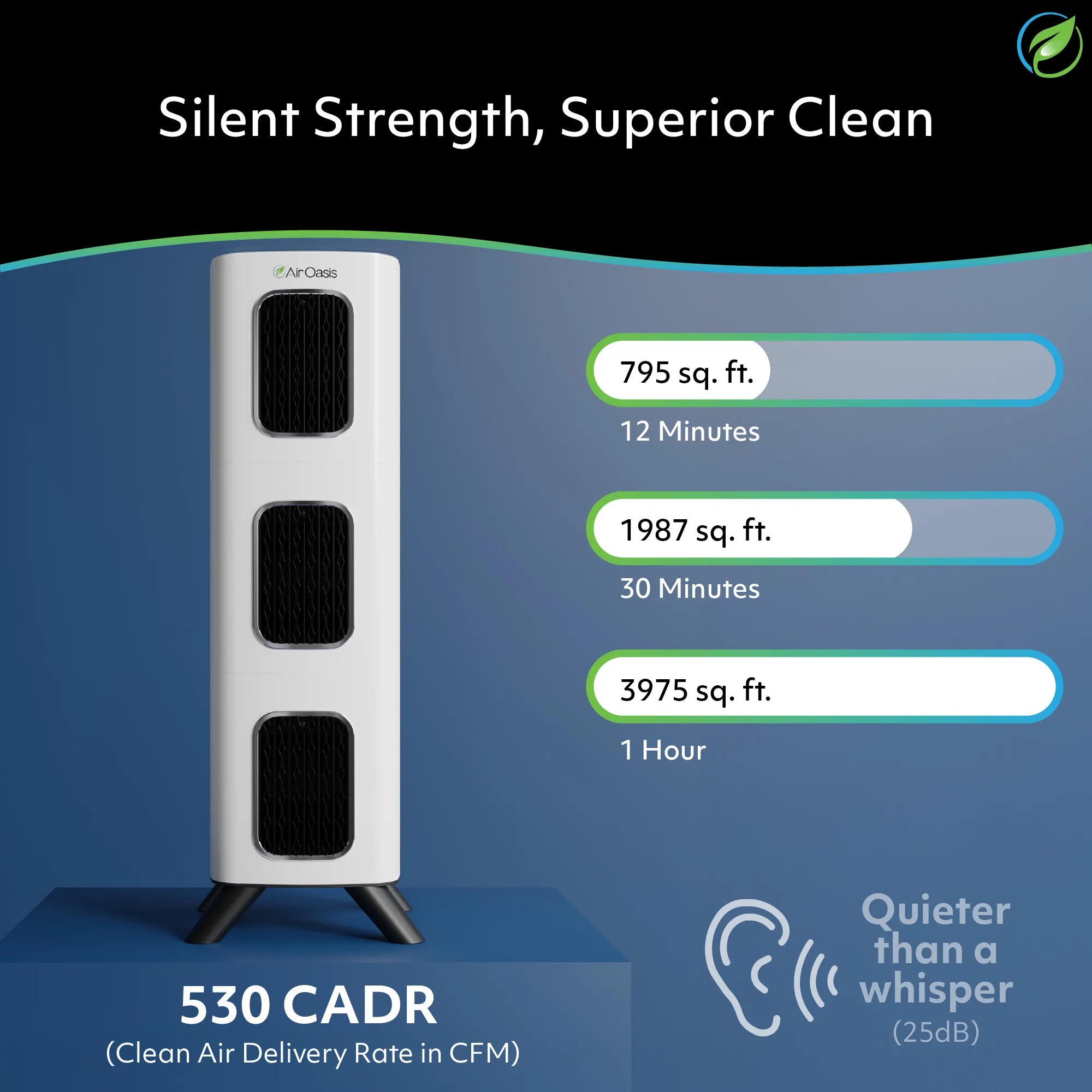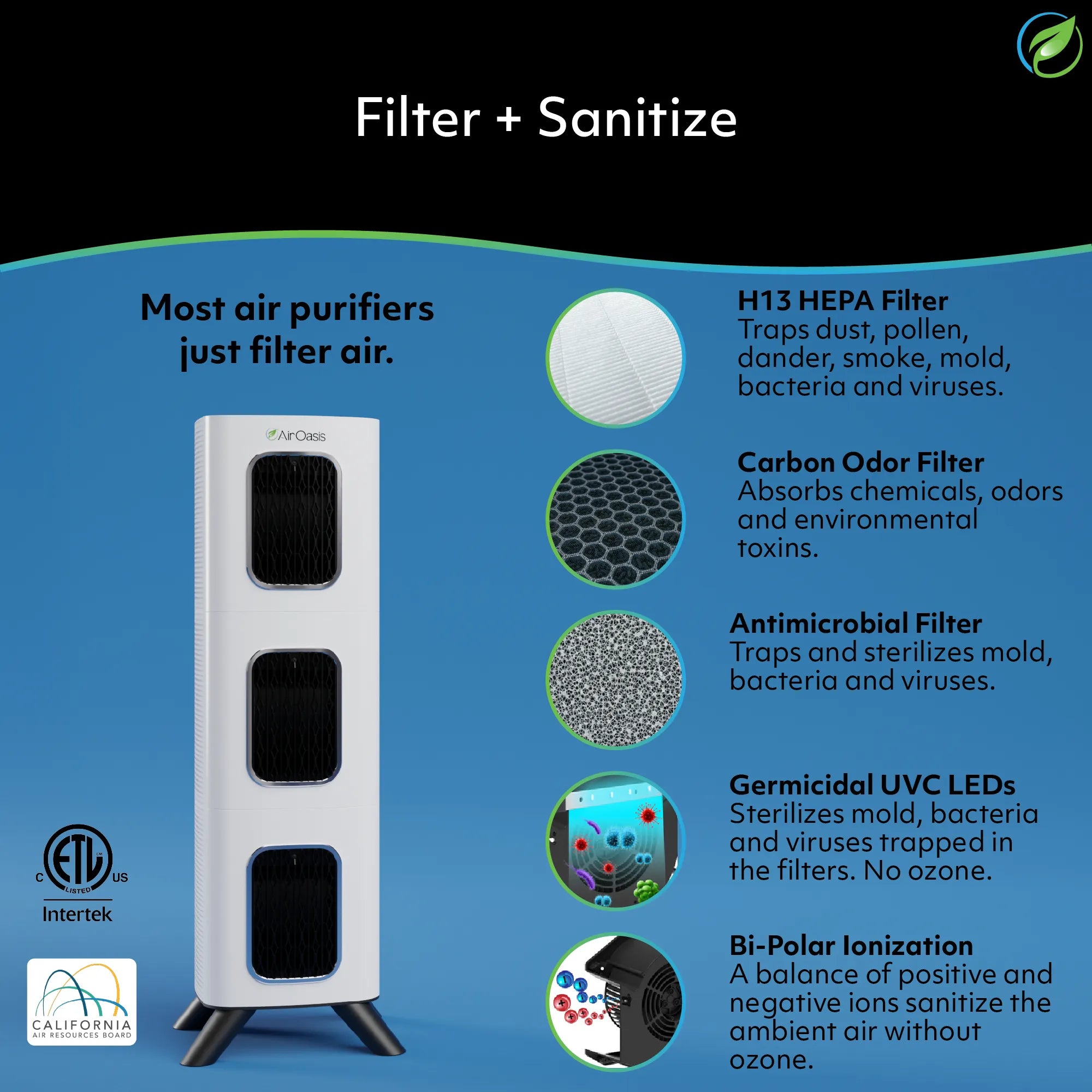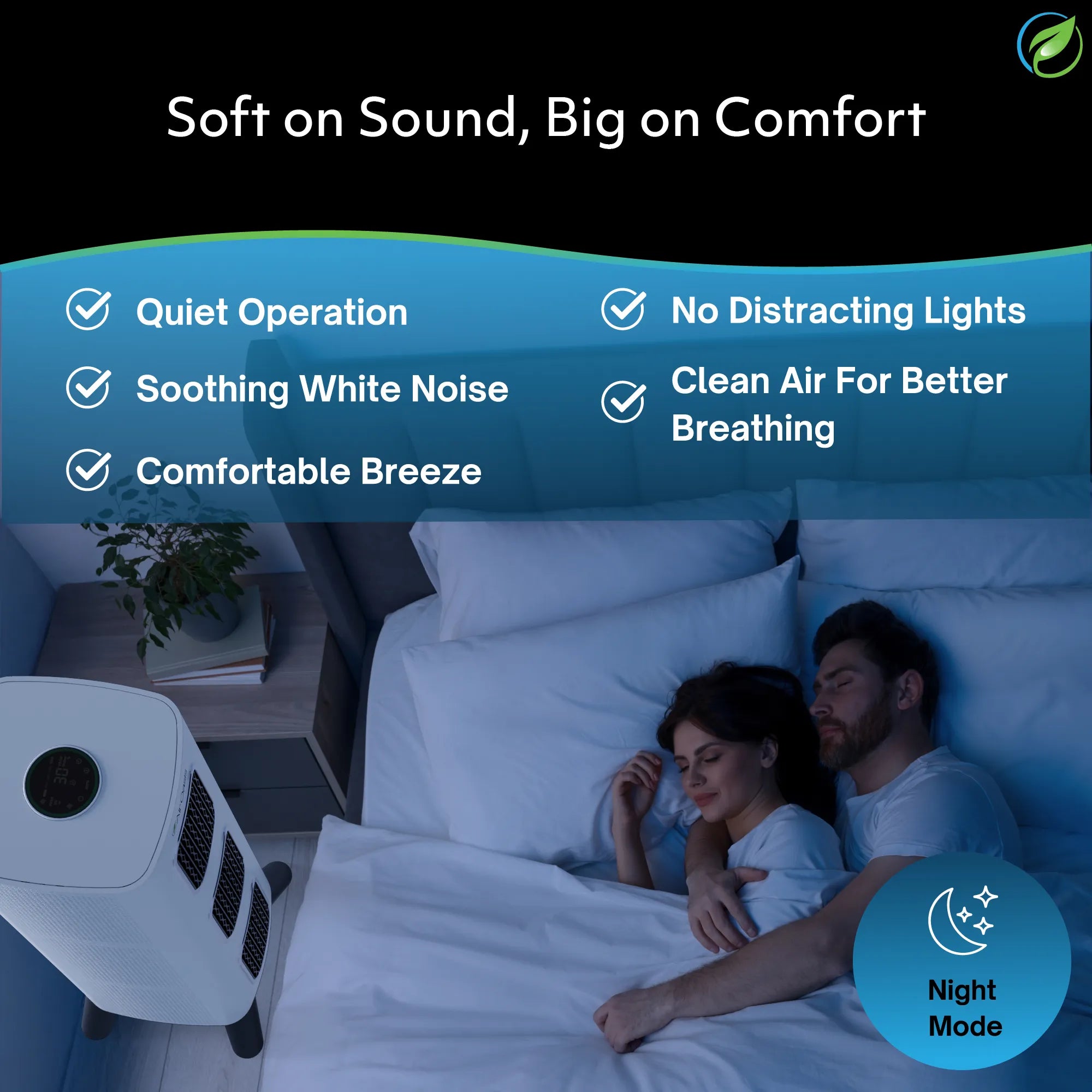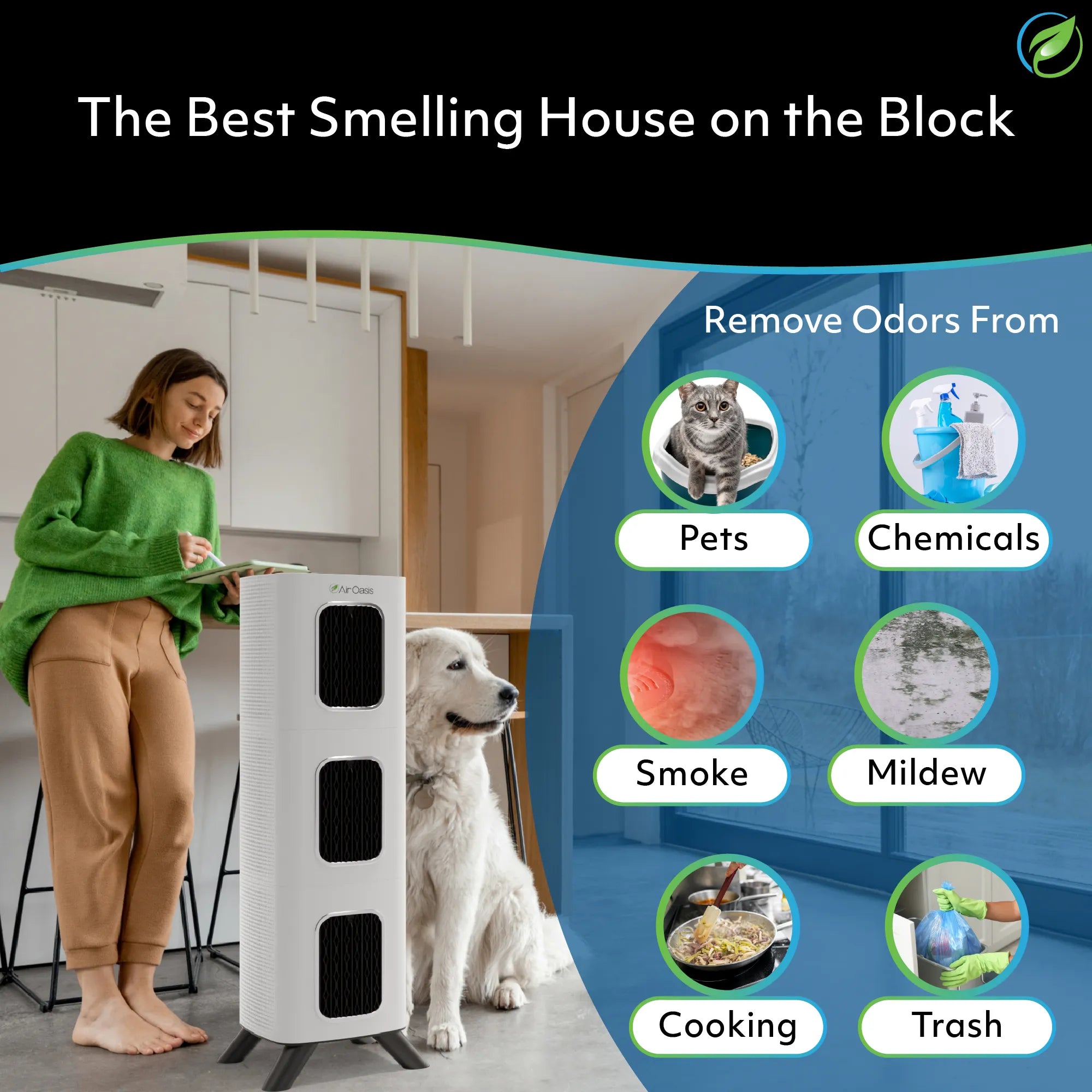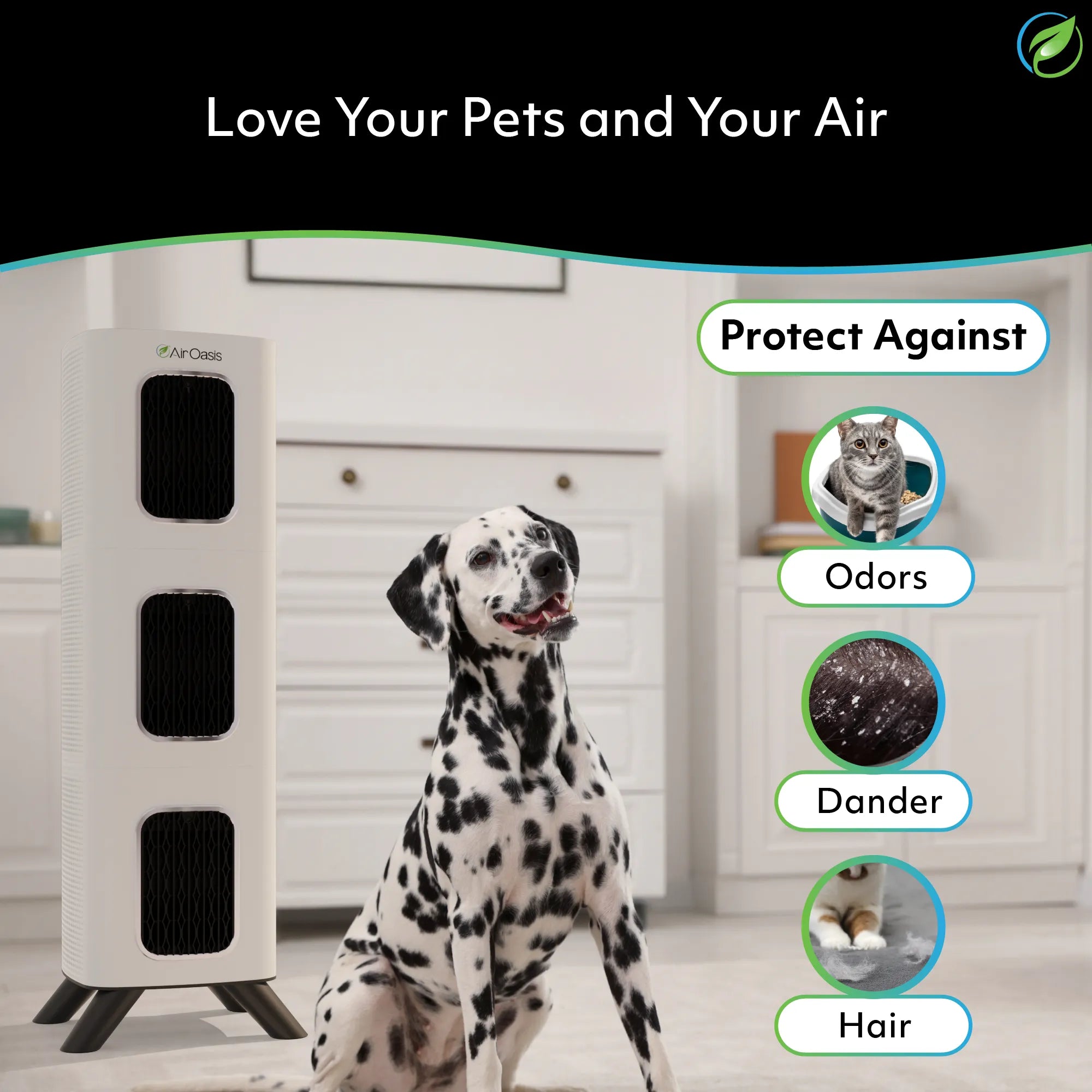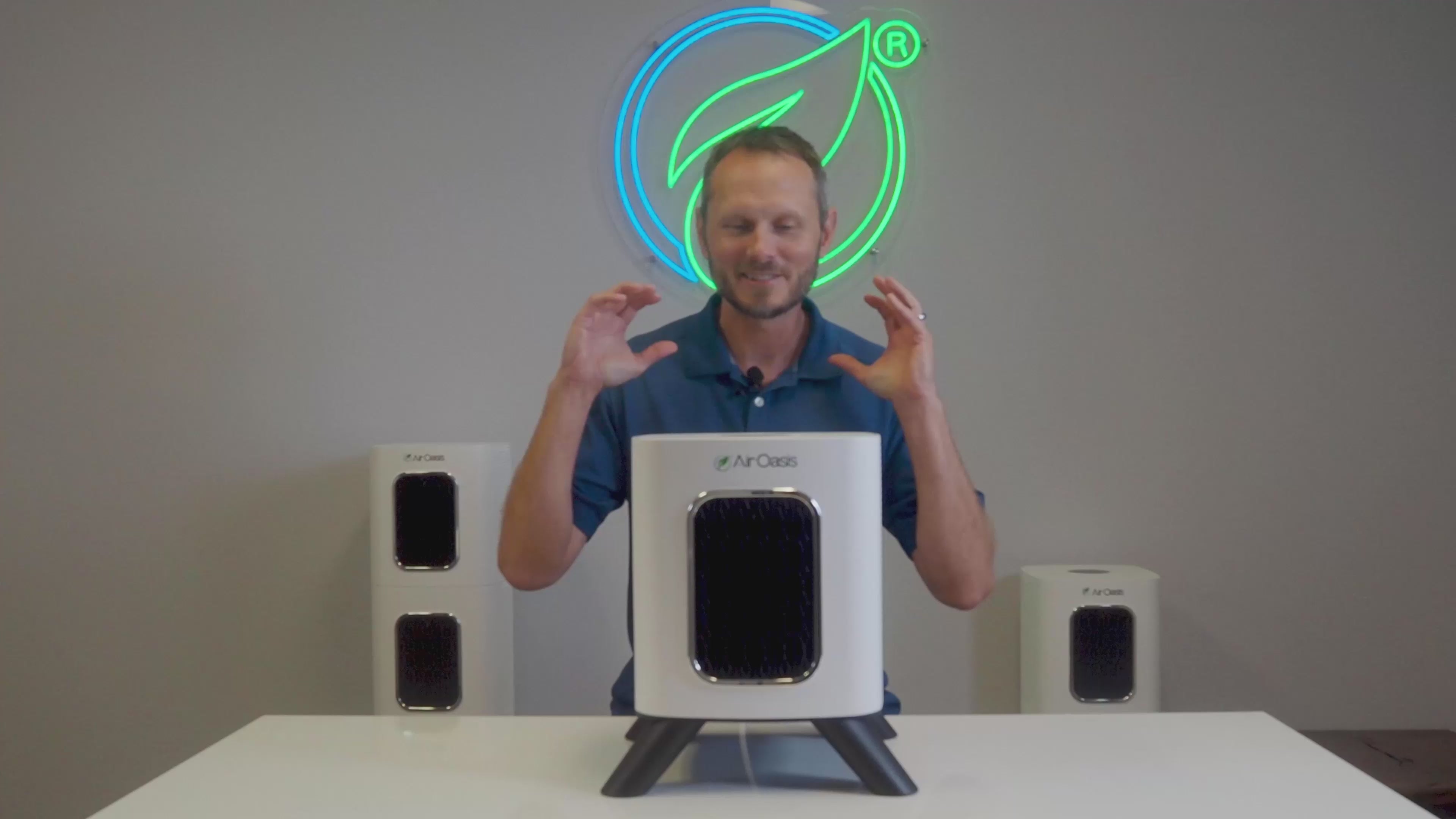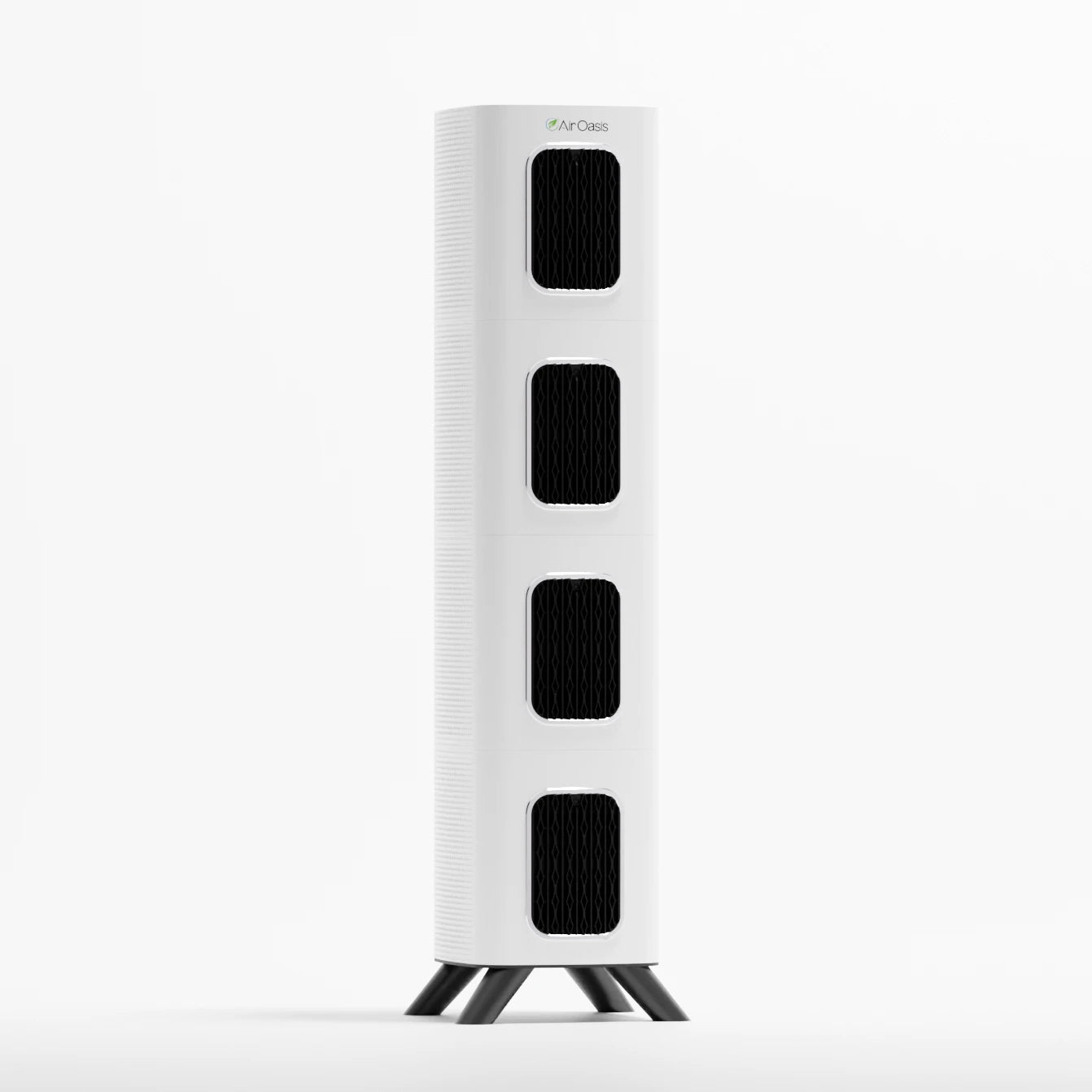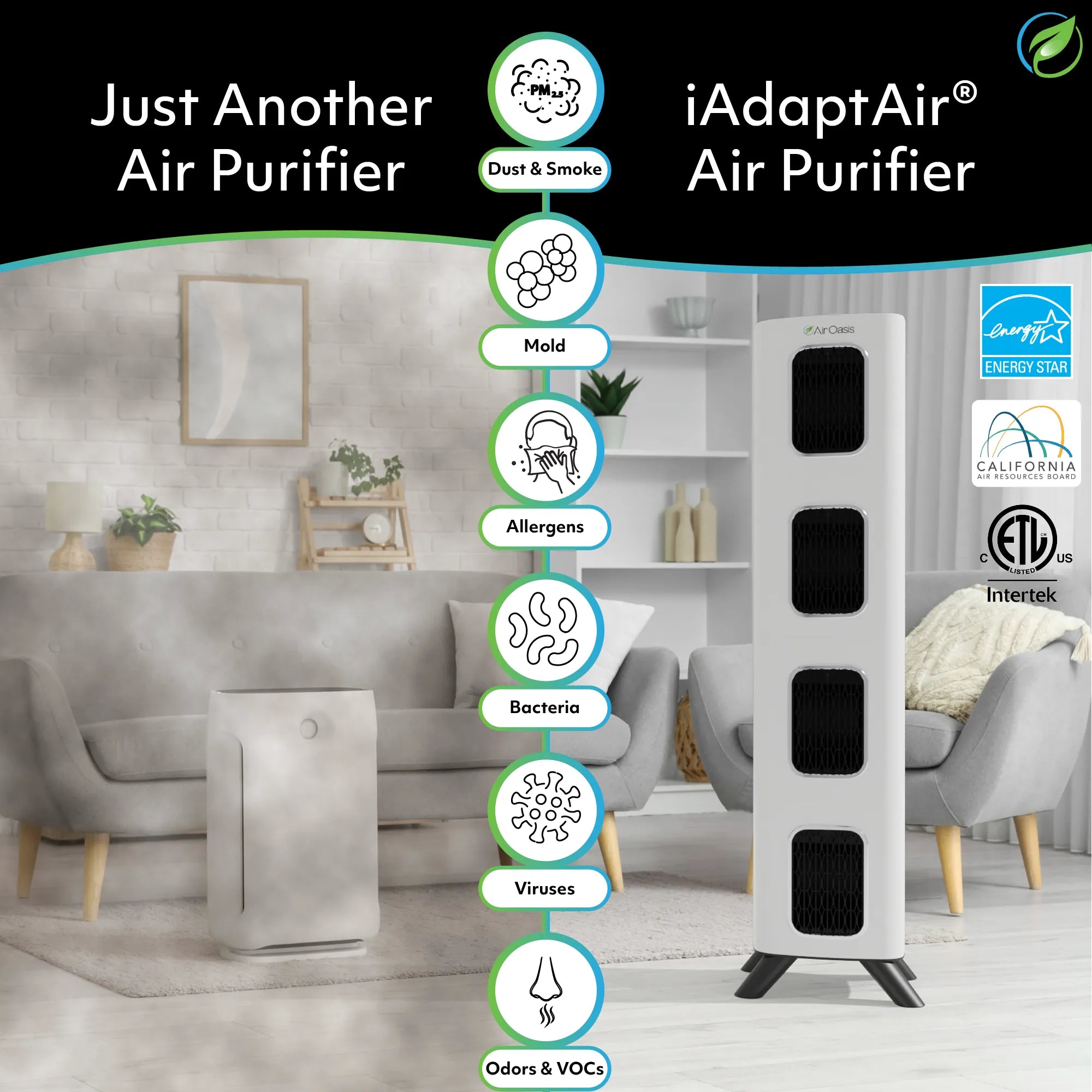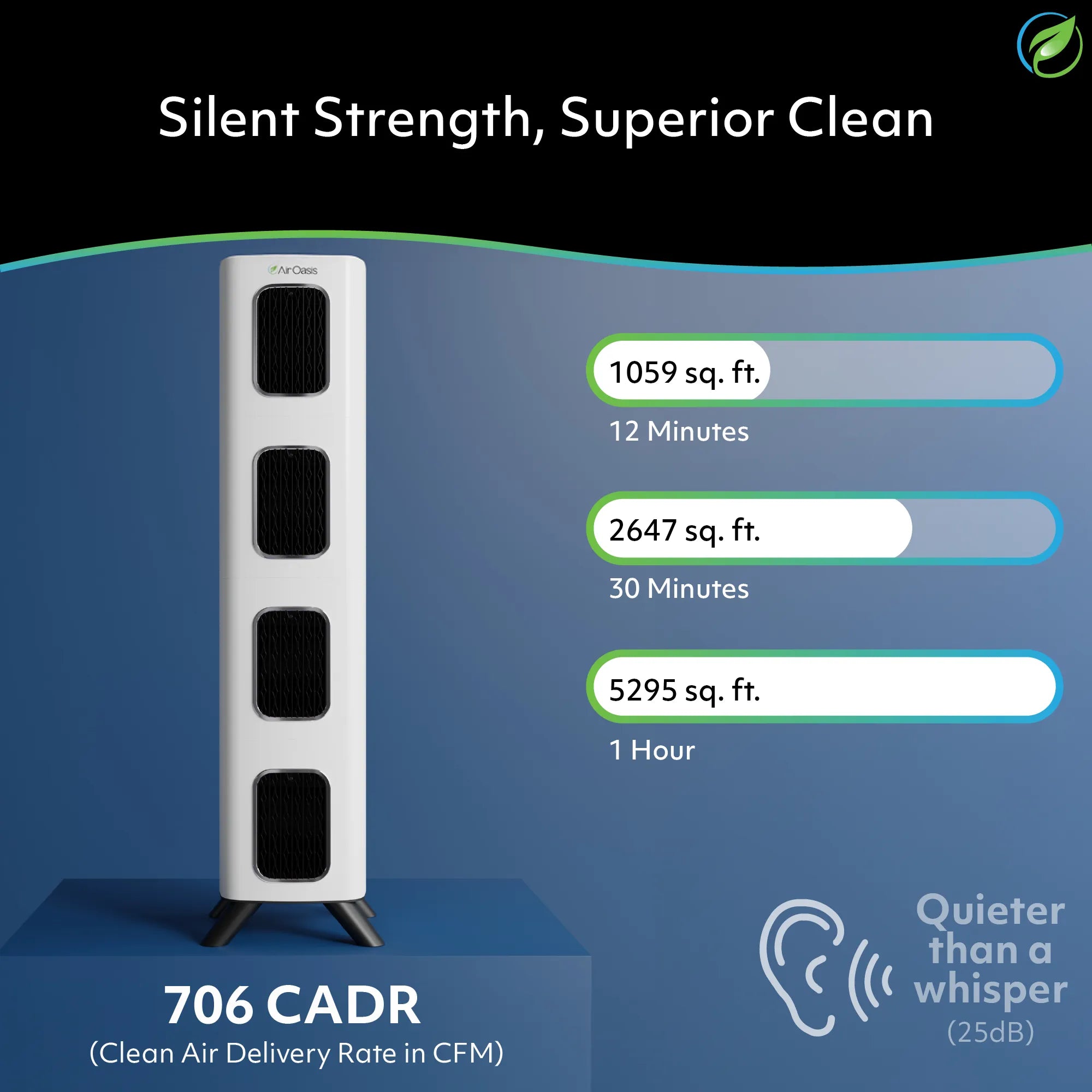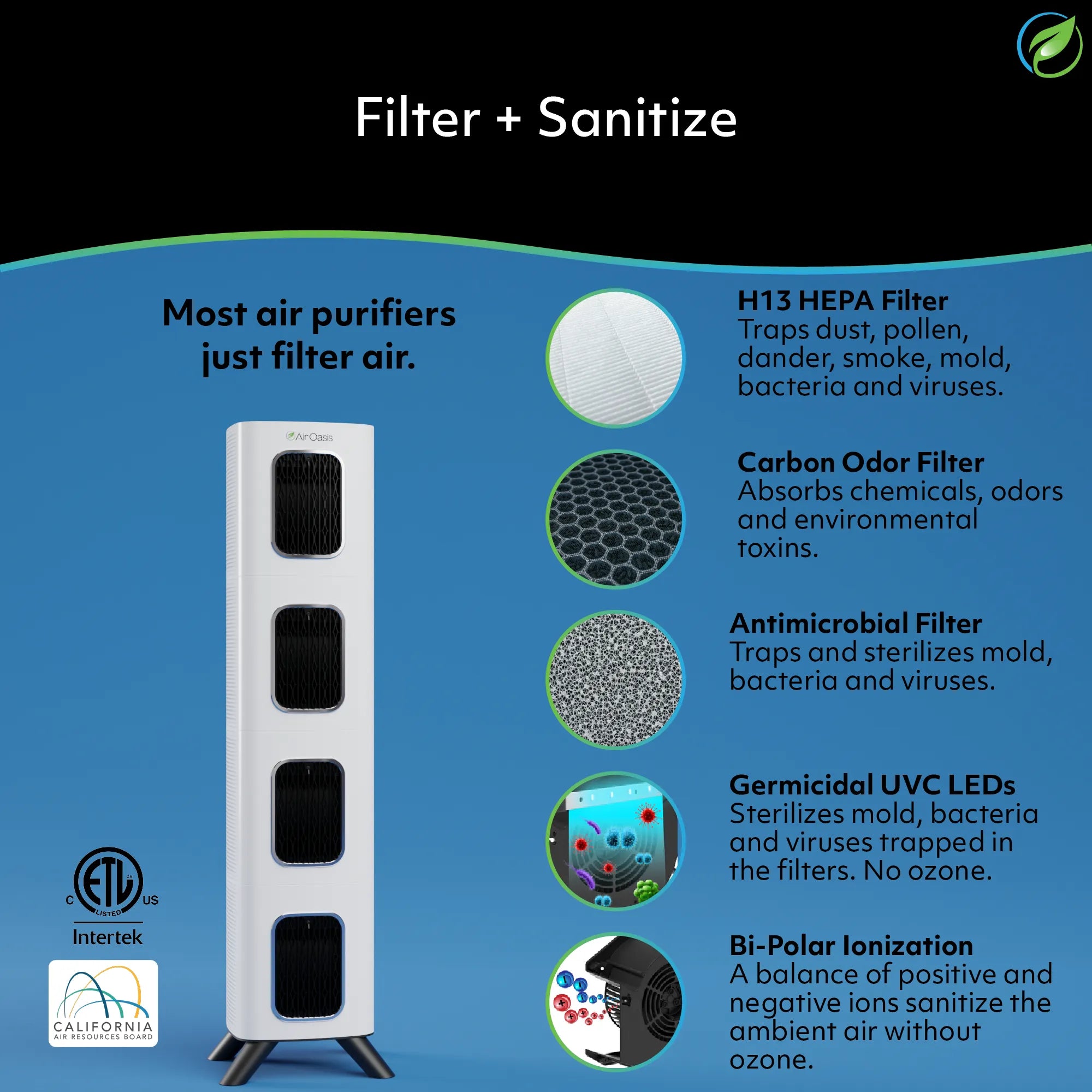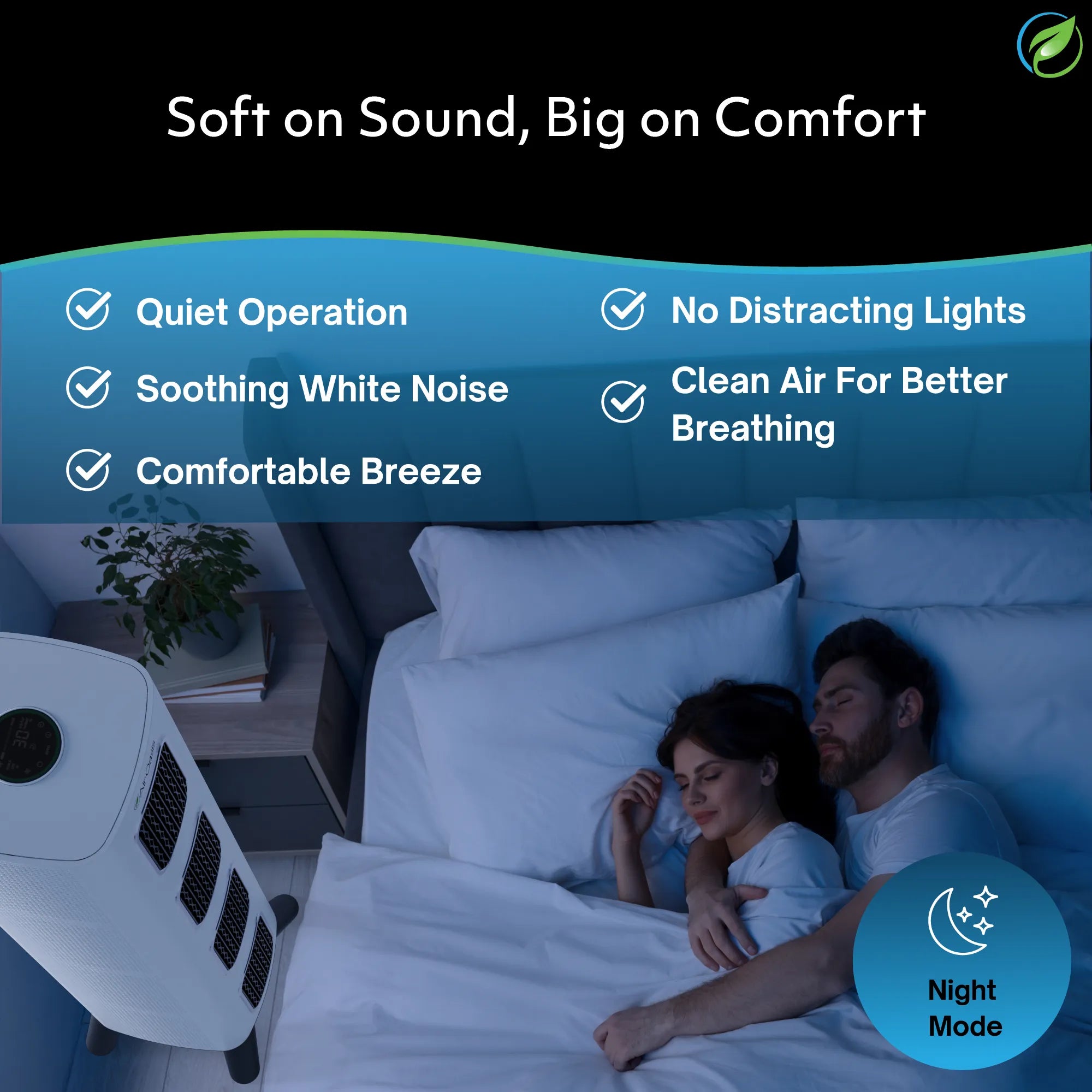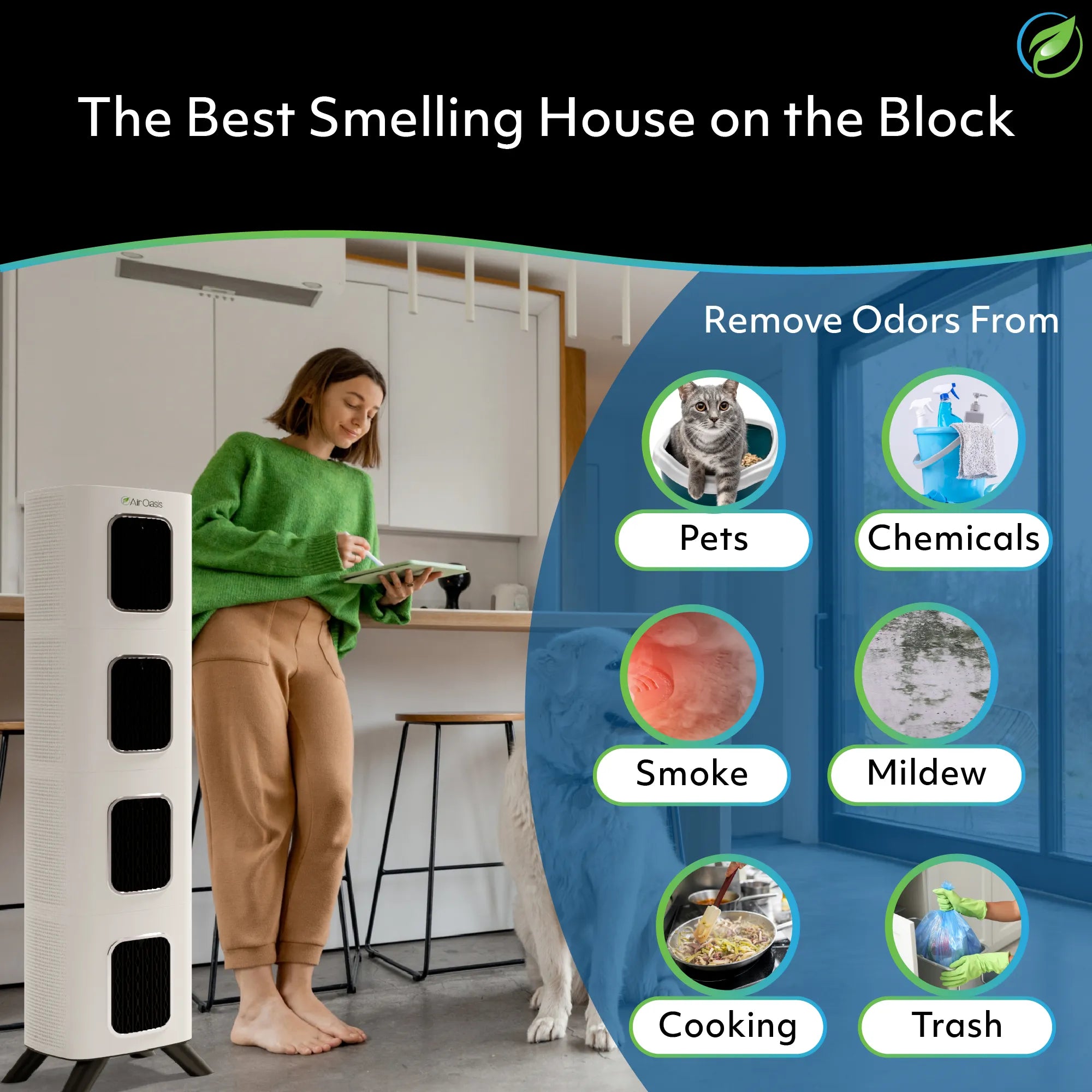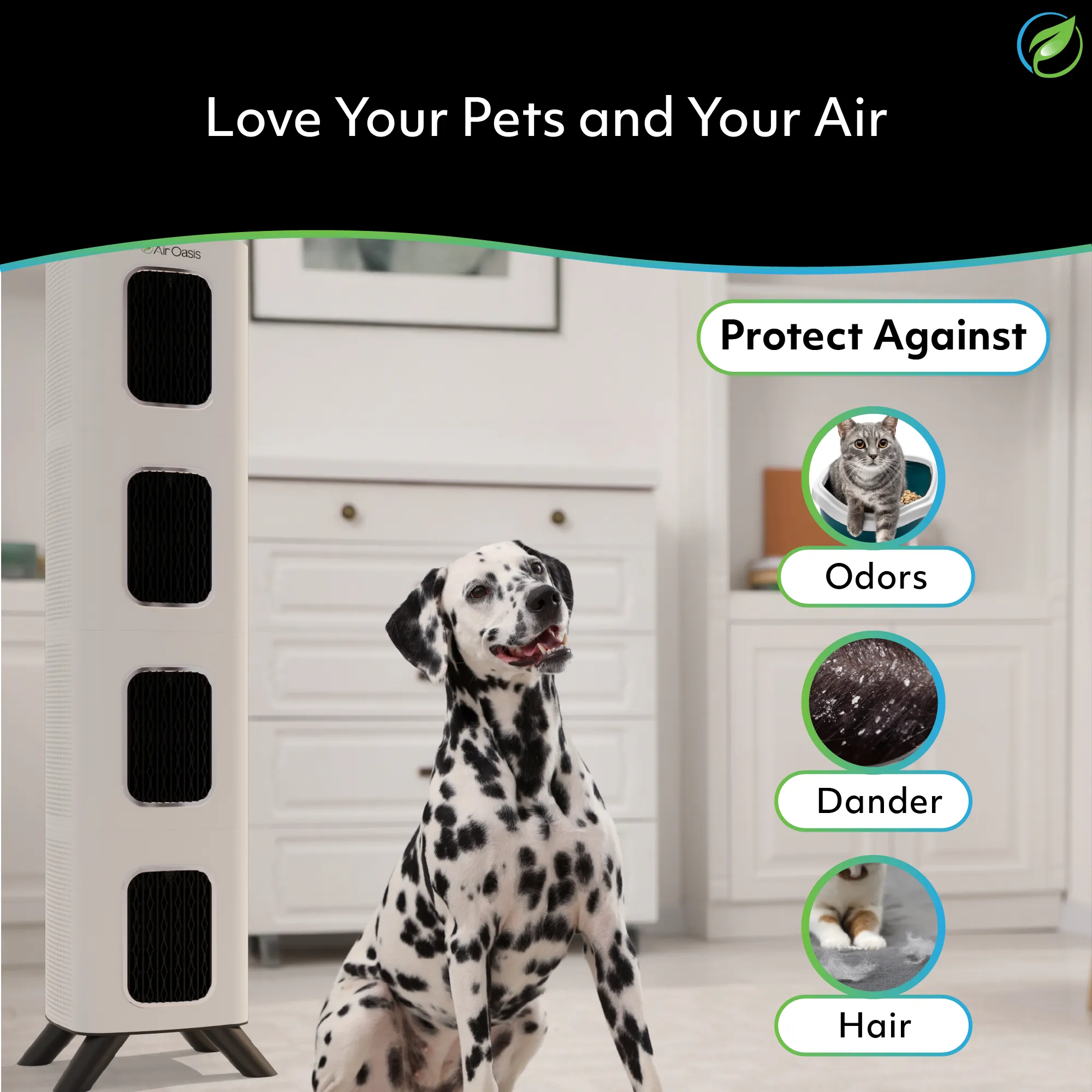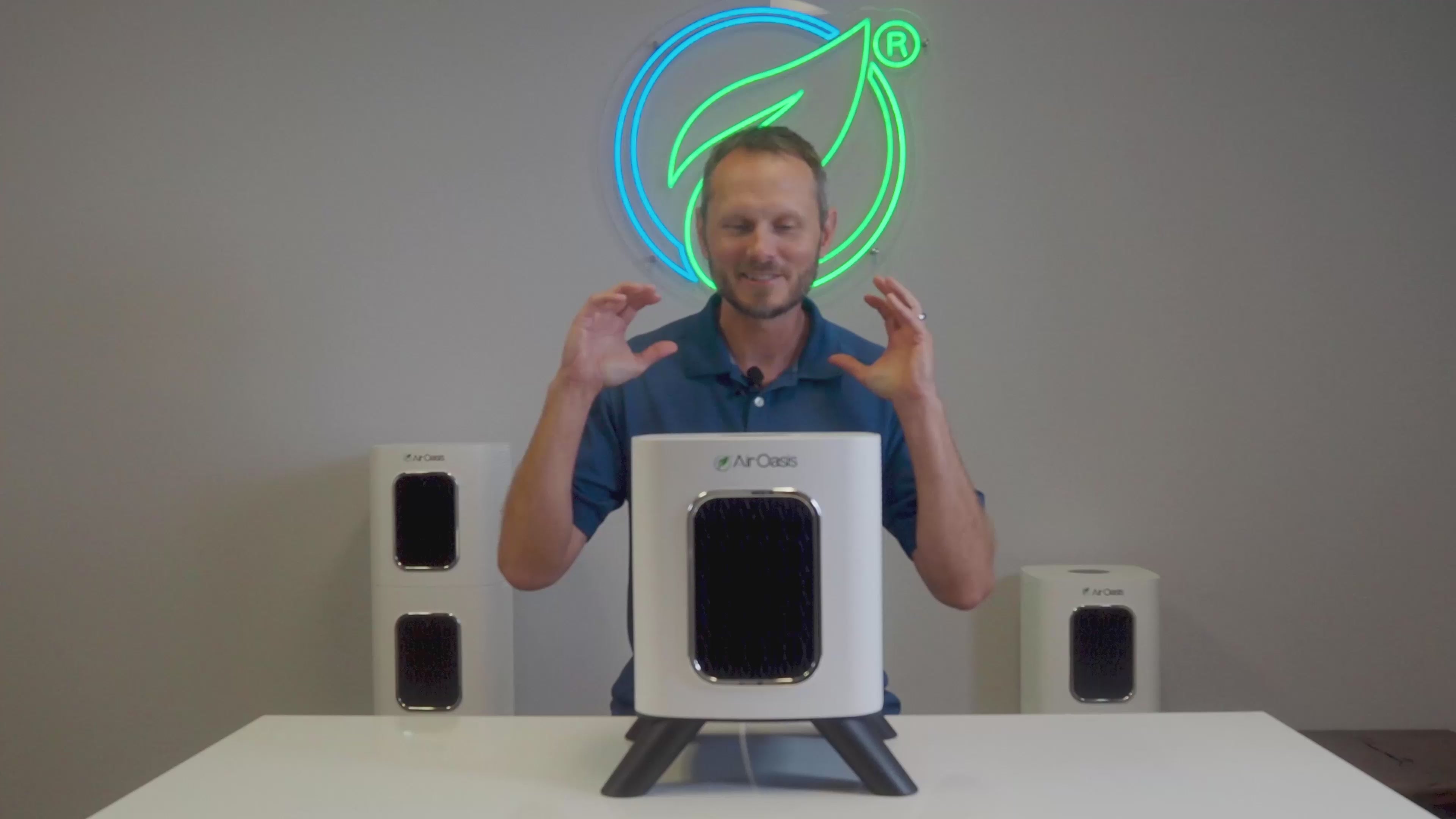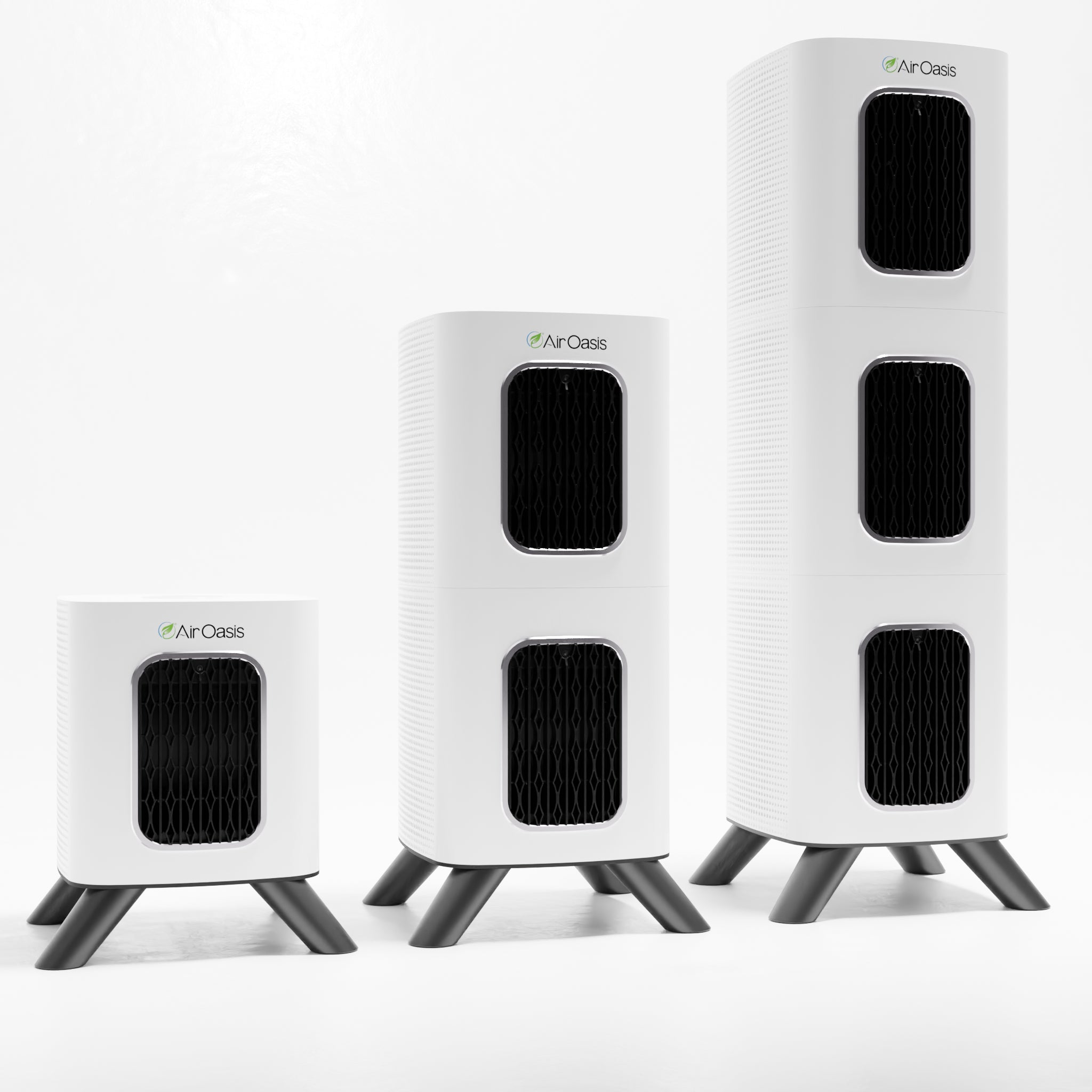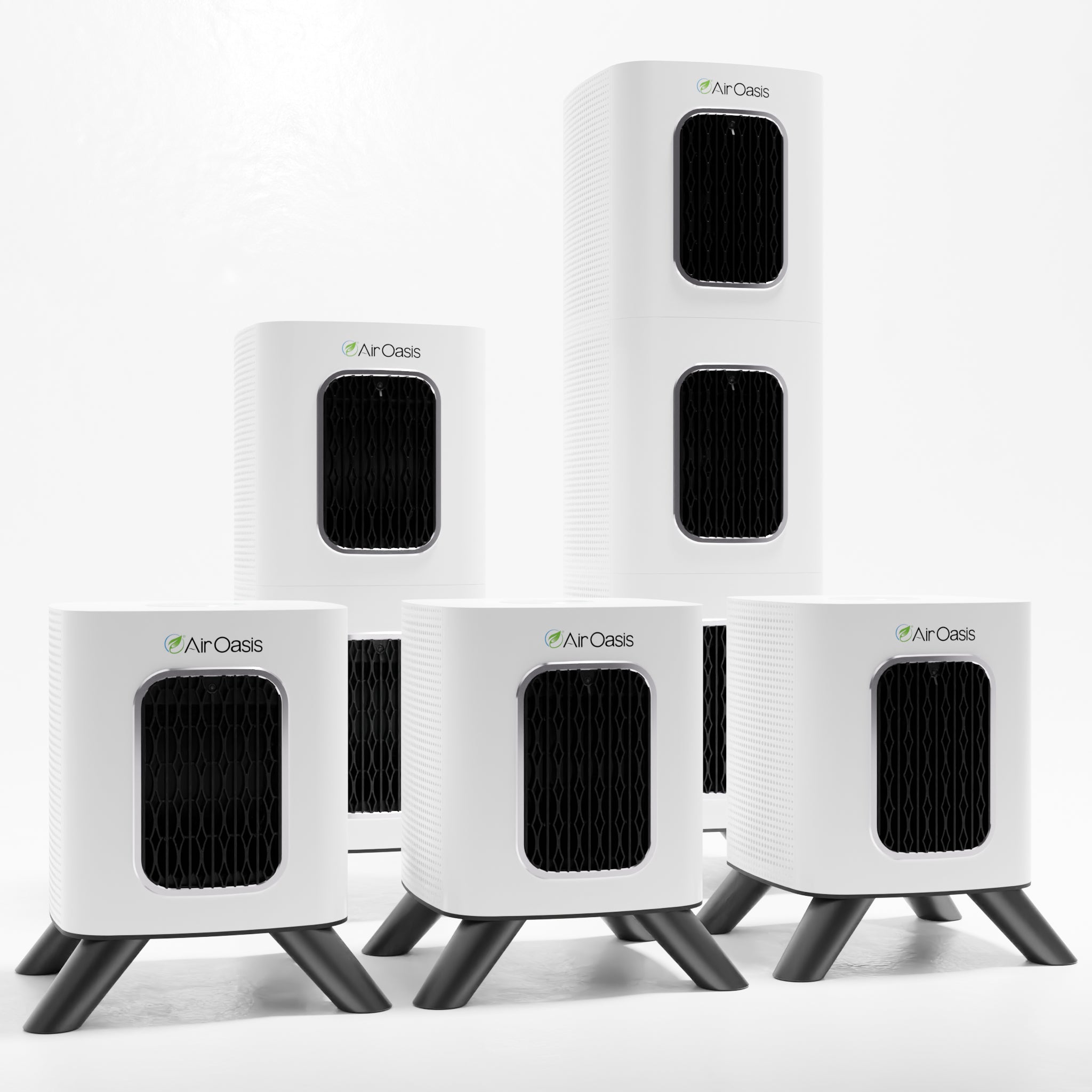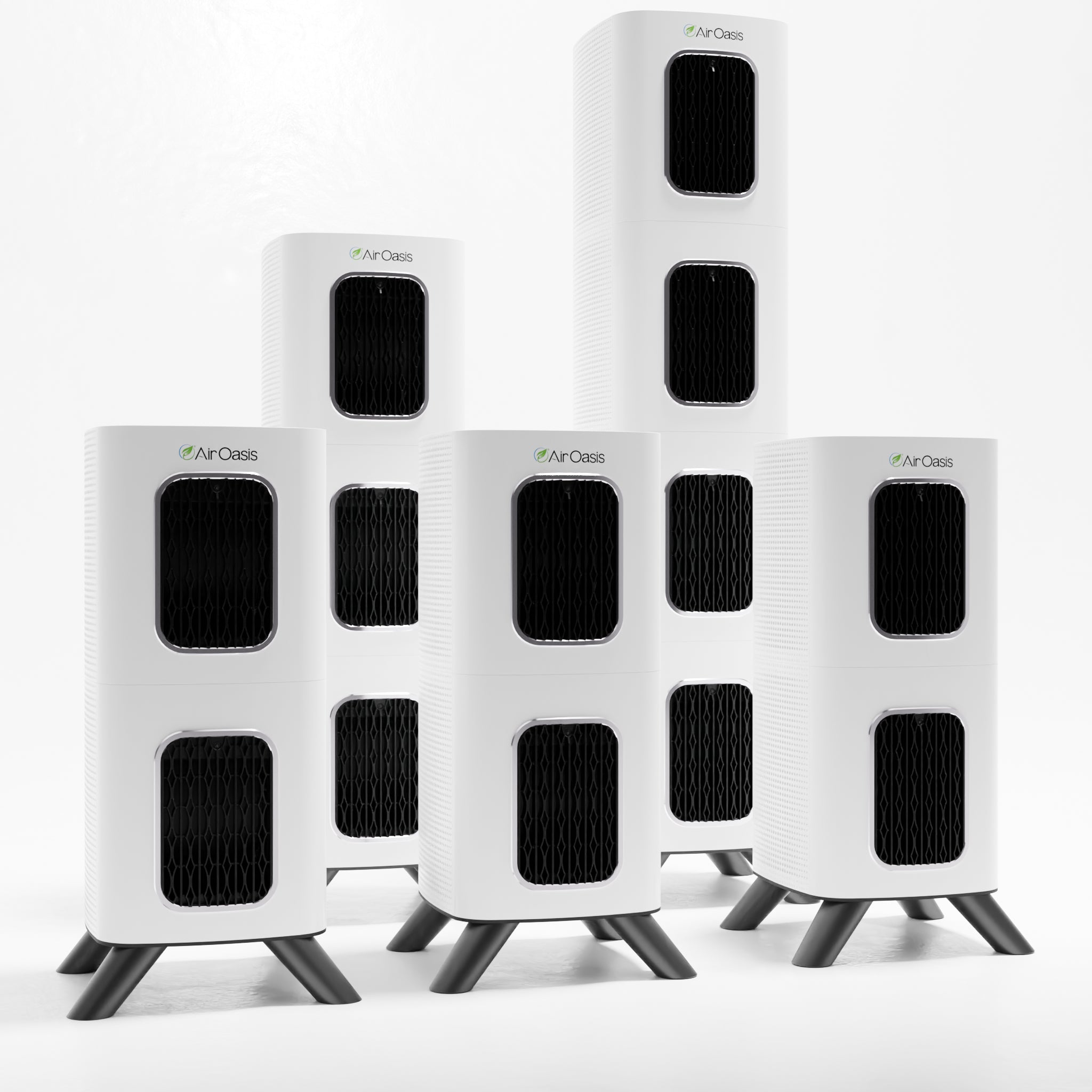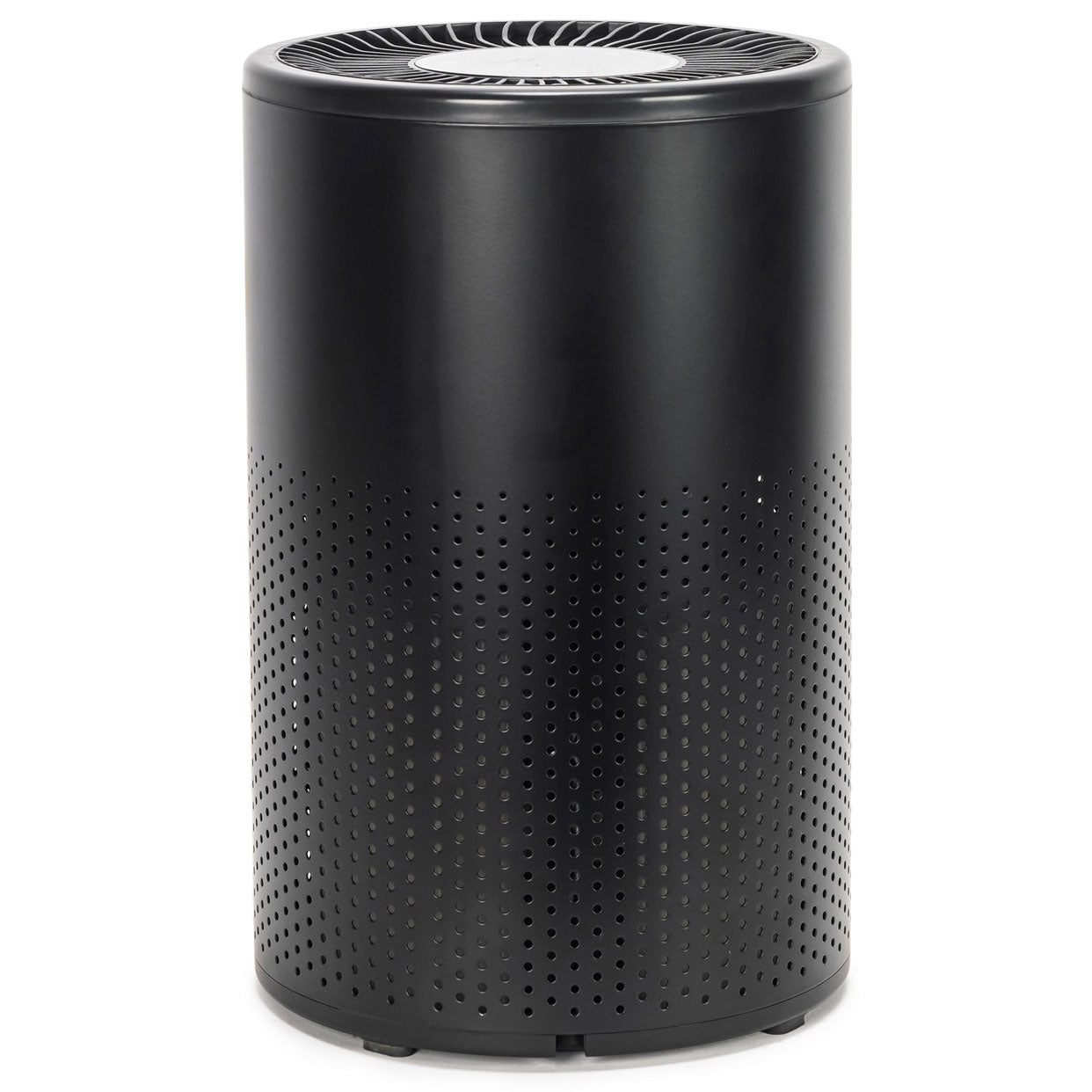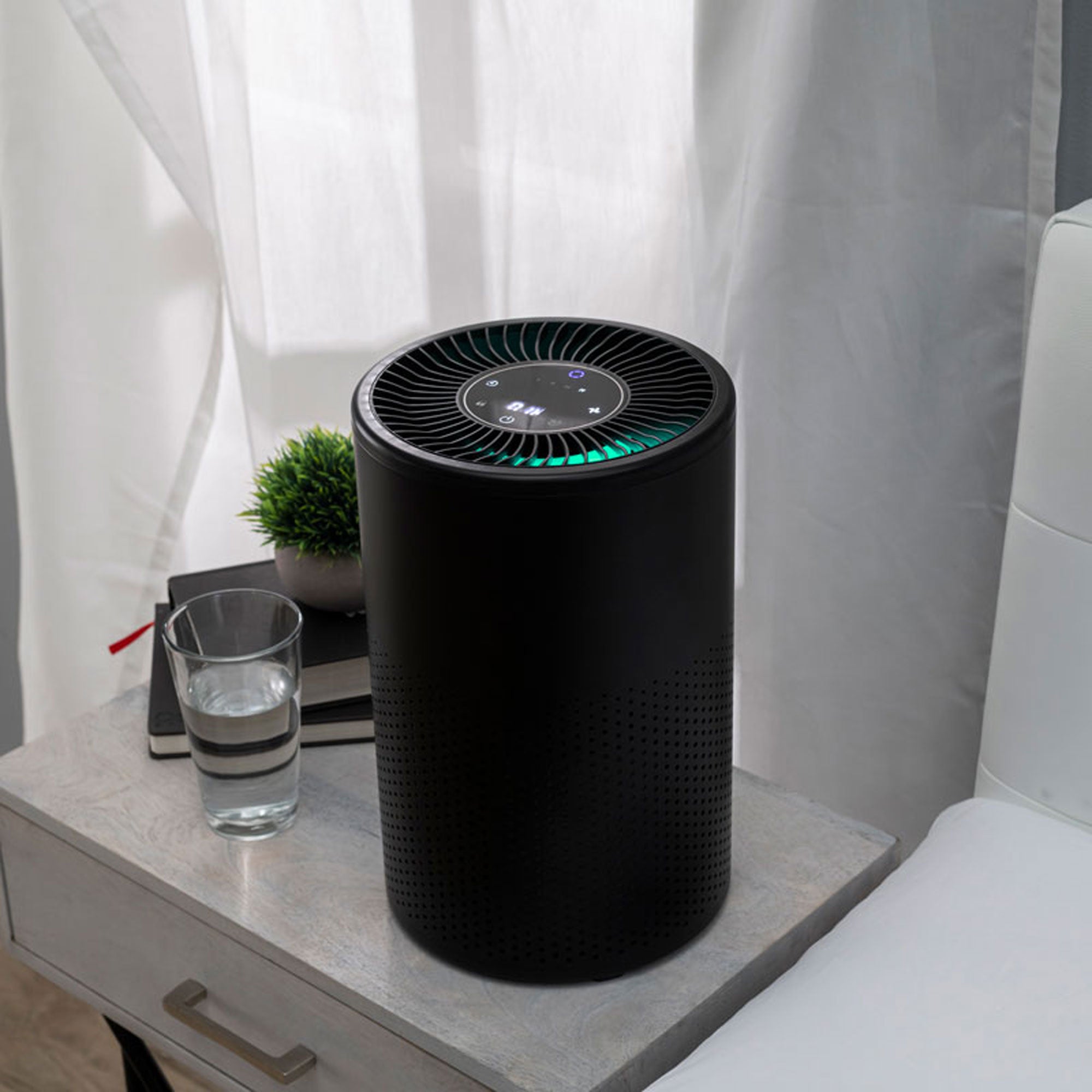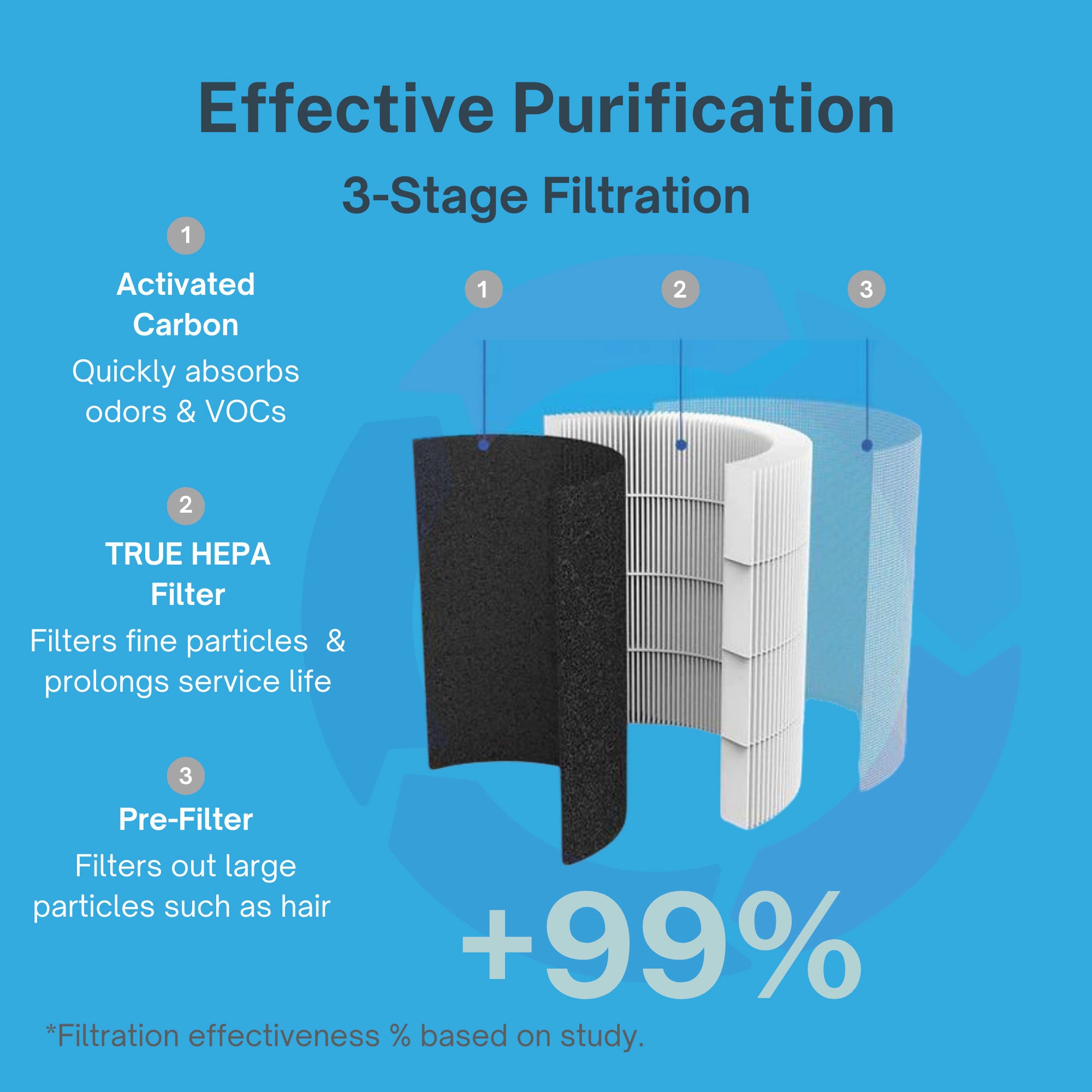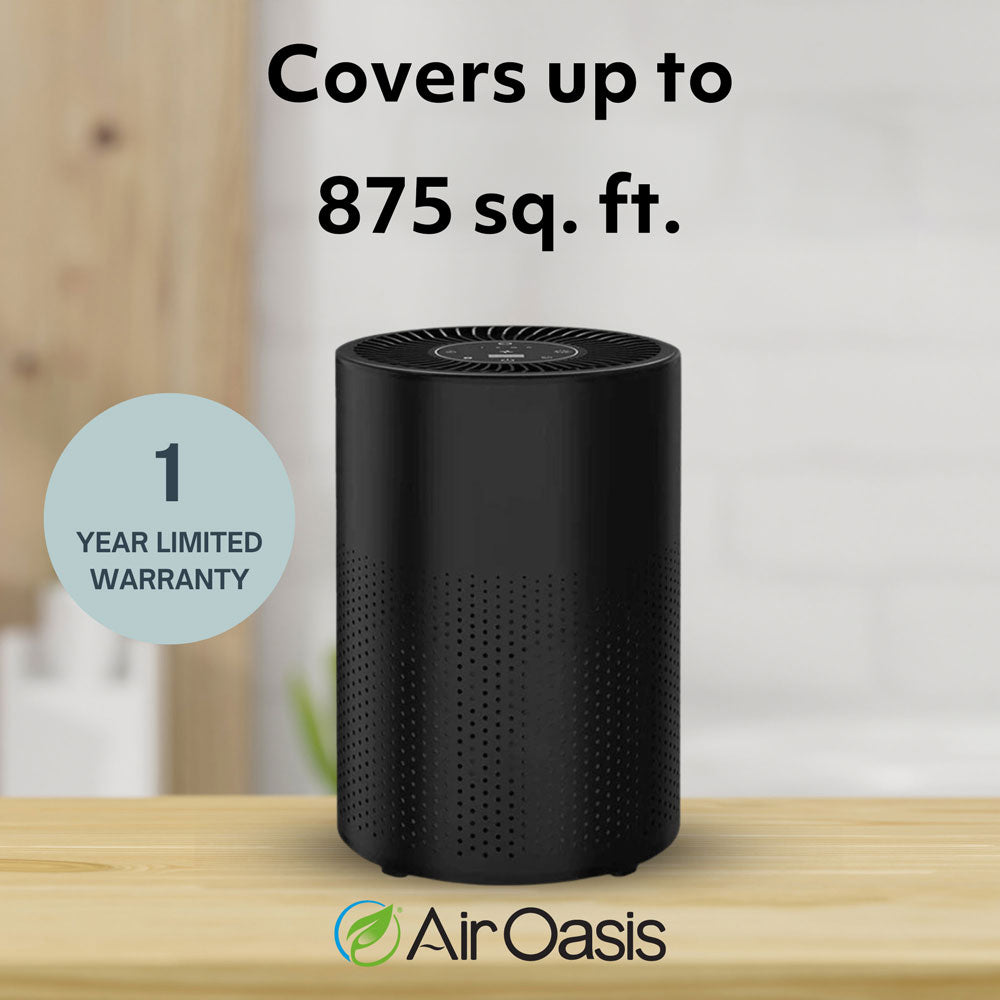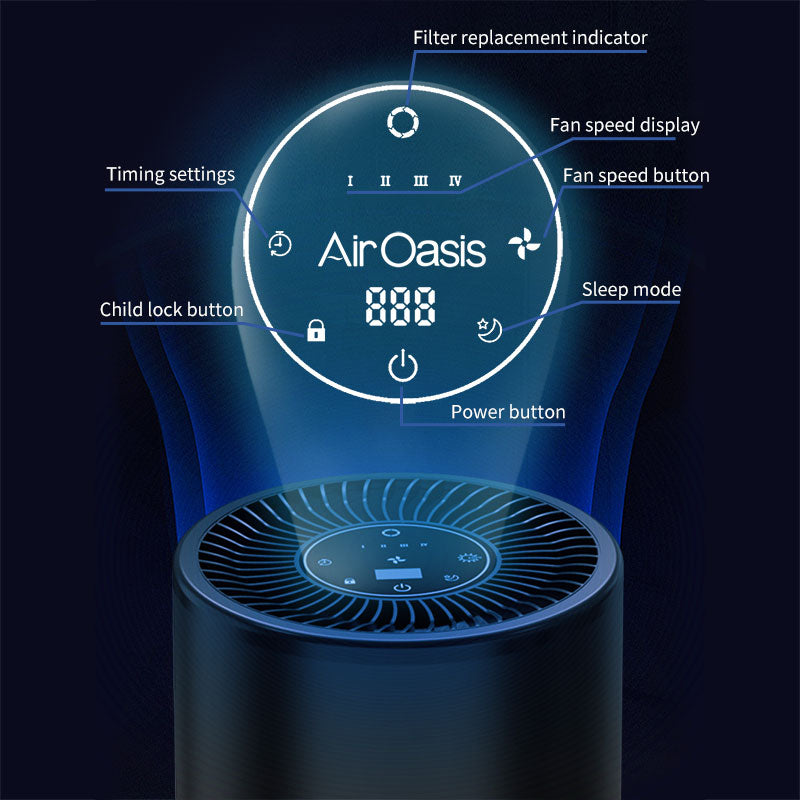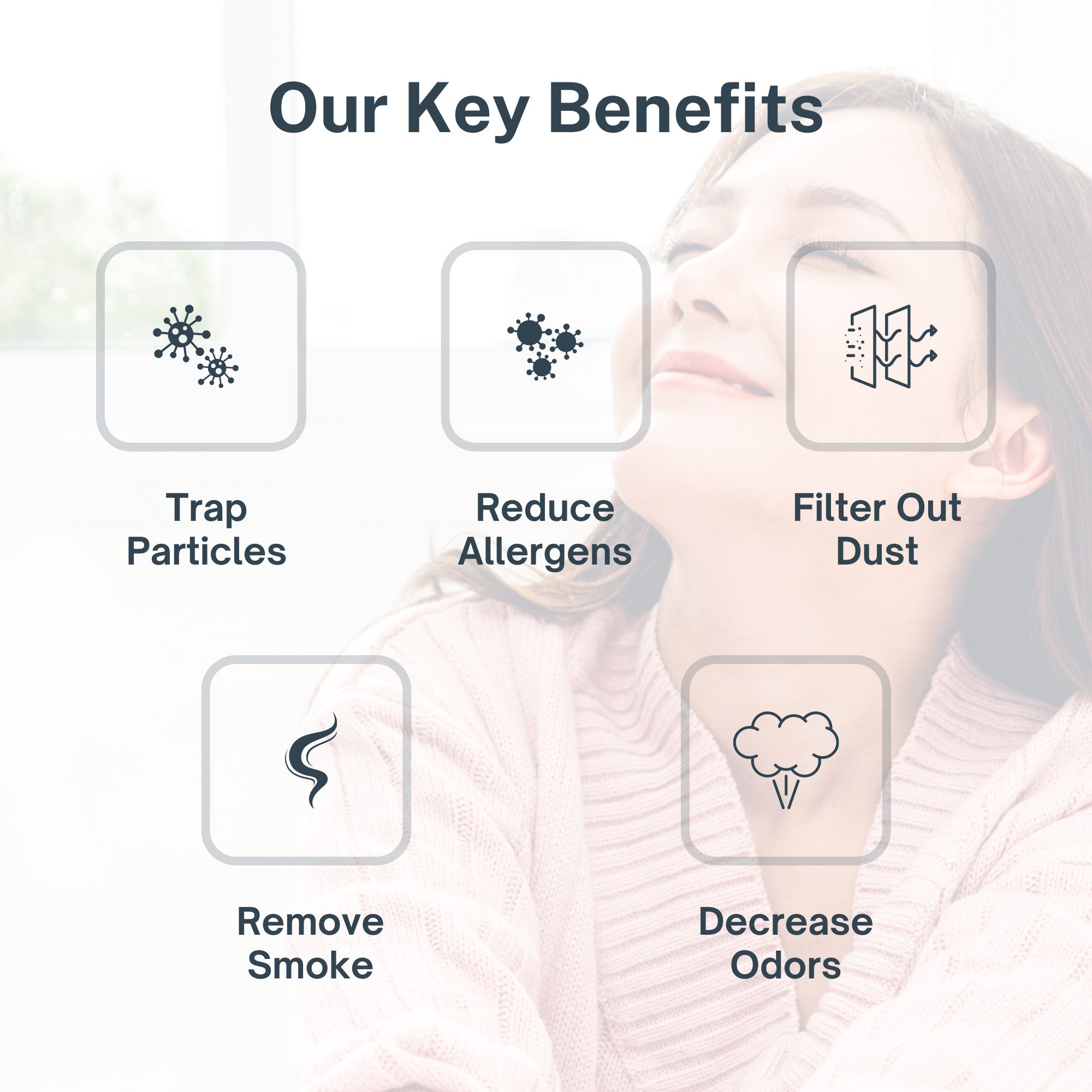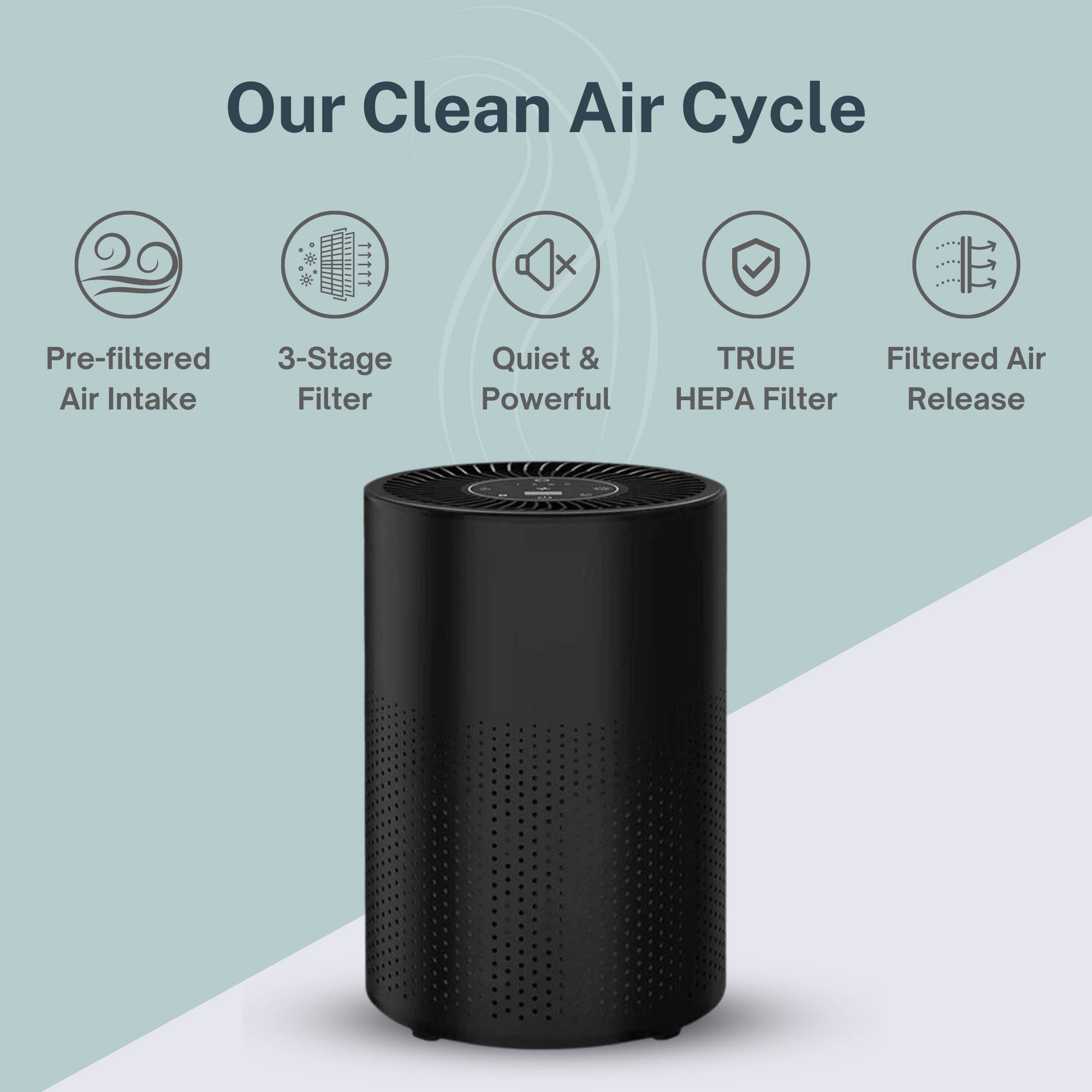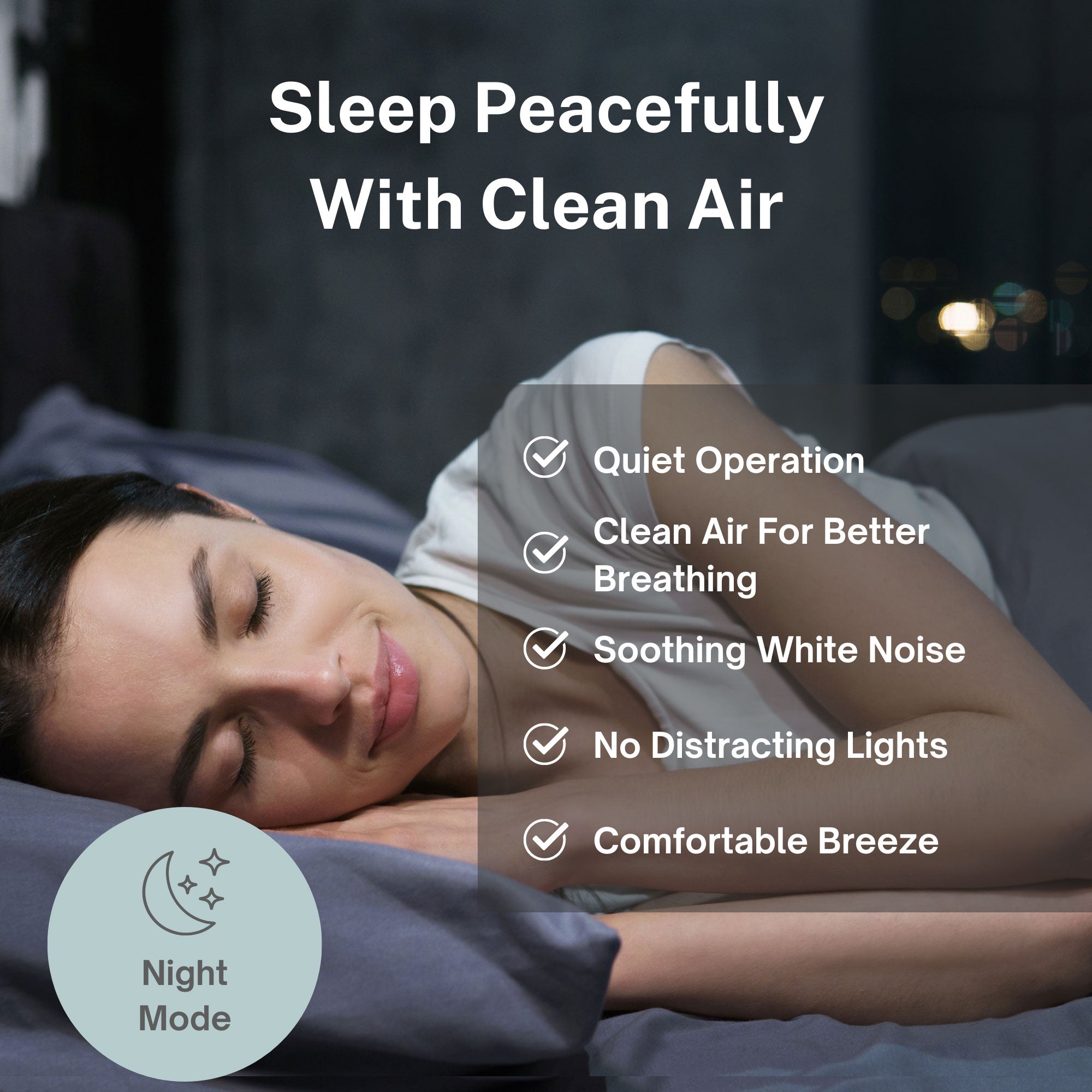Wildfires continue reshaping air quality across California in ways that threaten public health for millions. Two groundbreaking studies led by UCLA Fielding School of Public Health researchers reveal the true extent of wildfire smoke exposure during recent blazes. The research provides crucial insights for people trying to make safer choices during increasingly frequent fire seasons.
The January 2025 Los Angeles County fires claimed at least 31 lives and destroyed over 18,000 structures. Beyond the immediate devastation, these blazes degraded air quality across vast downwind areas. UCLA researchers analyzed multiple data sources to understand how wildfire smoke travels and affects communities far from the flames themselves.
Understanding PM2.5: The Hidden Danger in Wildfire Smoke
Both UCLA studies focused on PM2.5 particles - dangerous airborne contaminants measuring less than 2.5 micrometers in diameter. These particles are 30 times smaller than human hair, making them virtually invisible yet extremely harmful to health.
"Because these particles are so small, they can travel deep into your lungs and even enter your bloodstream - potentially leading to serious problems like heart or lung disease," explains Dr. Michael Jerrett, professor of environmental health sciences at UCLA Fielding School and co-author of both studies.
PM2.5 is one of the most dangerous air pollutants. During wildfires, PM2.5 concentrations can spike to levels hundreds of times higher than normal. These particles bypass the body's natural filtration systems and cause immediate respiratory distress plus long-term cardiovascular damage.
Dr. Miriam Marlier, assistant professor in UCLA's Department of Environmental Health Sciences, emphasizes the widespread impact: "Wildfires can degrade air quality in downwind communities. By integrating data from multiple sources - ground monitors, atmospheric models, and satellites - our research aims to provide a more complete picture of smoke exposure during wildfire events."
Multiple Data Sources Reveal Air Quality Complexity
The 2025 Los Angeles fire study analyzed air quality information from federal monitoring stations, low-cost sensors, and satellite imagery. Each source provided different strengths and limitations for tracking wildfire smoke exposure.
Federal monitoring stations deliver highly accurate PM2.5 measurements but exist in limited numbers across affected regions. Low-cost sensors offer broader geographic coverage but produce less precise data. Satellite imagery captures large-scale smoke patterns but doesn't always reflect ground-level conditions where people actually breathe.
"Timely and accurate air quality information is crucial for the public to reduce their smoke exposure during wildfire events," states Dr. Claire Schollaert, lead author and UCLA Fielding postdoctoral research scientist. "Combining federal monitors, low-cost sensors, and satellite data can provide a more complete picture of local air quality."
This multi-source approach reveals gaps in current air quality monitoring systems. Many communities lack sufficient monitoring infrastructure to provide real-time smoke exposure warnings. Advanced indoor air purification systems become essential when outdoor monitoring cannot adequately protect public health.
The research demonstrates that wildfire smoke travels much farther than many people realize. PM2.5 particles can remain airborne for days, affecting air quality hundreds of miles from fire sources.
2018 California Fires: Lessons from Large-Scale Analysis
The retrospective study of 2018 California wildfires revealed that the ten largest fires accounted for nearly all detected fire-derived PM2.5 pollution. This concentration of impact from major blazes helps explain why air quality can deteriorate rapidly across vast geographic areas.
UCLA researchers used atmospheric modeling to simulate wildfire contributions to PM2.5 concentrations. The analysis showed how fires burning at different severity levels create varying amounts of dangerous particles. High-severity burns produce significantly more PM2.5 than low-severity fires.
"The largest 2018 wildfires were responsible for the vast majority of downwind fire-derived PM2.5 concentrations in the locations we examined in California," Marlier explains. This finding suggests that preventing or quickly containing large fires could dramatically reduce regional air quality impacts.
The 2018 analysis also demonstrated seasonal patterns in wildfire smoke exposure. Late summer and fall fires typically affect larger populations due to weather patterns that carry smoke toward urban areas. Understanding these patterns helps communities prepare for recurring air quality threats.
Current Monitoring Limitations and Health Implications
Existing air quality monitoring networks cannot measure all pollutants released during urban wildfires. When buildings and vehicles burn, they release heavy metals and air toxics that standard PM2.5 monitors don't detect.
Dr. Lara Cushing, associate professor in UCLA Fielding's Department of Environmental Health Sciences, highlights critical gaps: "During and after wildfires, people want to know whether it's safe to go outside or take their kid to school or the playground. We can't currently answer those questions thoroughly because existing monitoring networks don't measure all pollutants of concern."
Indoor air quality becomes particularly important during wildfire events. Smoke and ash can penetrate buildings and persist long after outdoor air clears. Traditional HVAC systems often cannot filter PM2.5 particles effectively, allowing dangerous concentrations to build up inside homes and offices.
The CDC emphasizes that indoor air protection strategies become essential during wildfire smoke events. Professional-grade air purification technology can maintain safe indoor air quality even when outdoor conditions become hazardous.
Protecting Indoor Air Quality During Wildfire Season
While wildfire smoke monitoring continues improving, individuals must take proactive steps to protect their health. Creating clean indoor air environments provides immediate protection against PM2.5 exposure during fire events.
Modern air purification systems effectively capture wildfire smoke particles before they circulate through living spaces. HEPA filtration technology removes PM2.5 particles with 99.97% efficiency, providing reliable protection when outdoor air becomes dangerous.
Professional air purifiers also address the persistence problems identified in UCLA's research. These systems continuously filter indoor air, preventing smoke particles from accumulating over time. Multi-stage filtration removes not only PM2.5 but also volatile organic compounds and other toxic substances released during fires.
Health-conscious families recognize that wildfire season requires year-round air quality preparation. Installing comprehensive air purification before emergencies strike ensures immediate protection when dangerous conditions develop.
The Future of Wildfire Air Quality Research
UCLA's dual studies represent important advances in understanding wildfire smoke exposure. As fire seasons lengthen and intensify across western North America, this research provides crucial foundations for protecting public health.
The integration of multiple monitoring sources offers a model for improving real-time air quality information. Future wildfire response could combine federal monitors, low-cost sensors, and satellite data to provide more comprehensive exposure assessments.
However, individual protection remains essential while monitoring systems improve. The research clearly shows that wildfire smoke affects far more people than direct fire impacts. Taking control of indoor air quality provides immediate health benefits during increasingly frequent smoke events.
Take Control of Your Indoor Air During Fire Season
UCLA's research confirms that wildfire smoke poses serious health risks across vast areas of California and beyond. While scientists work to improve monitoring and prediction systems, you can protect your family's health through better indoor air quality.
Don't wait for the next wildfire to threaten your community's air quality. Professional air purification technology offers proven protection against the PM2.5 particles that UCLA researchers identify as major health threats. Shop Air Oasis today and create the clean indoor air environment your family needs during wildfire season and beyond.




